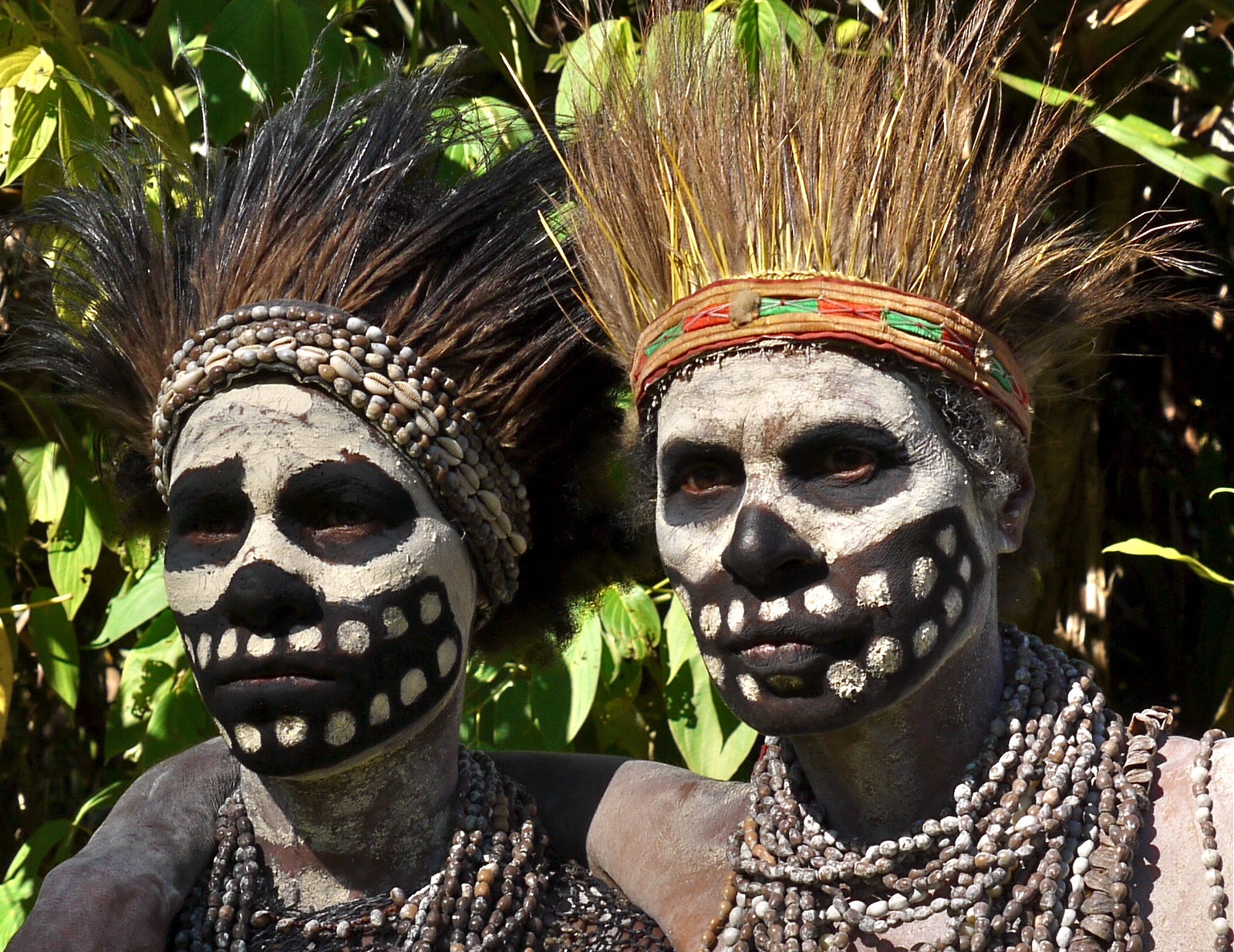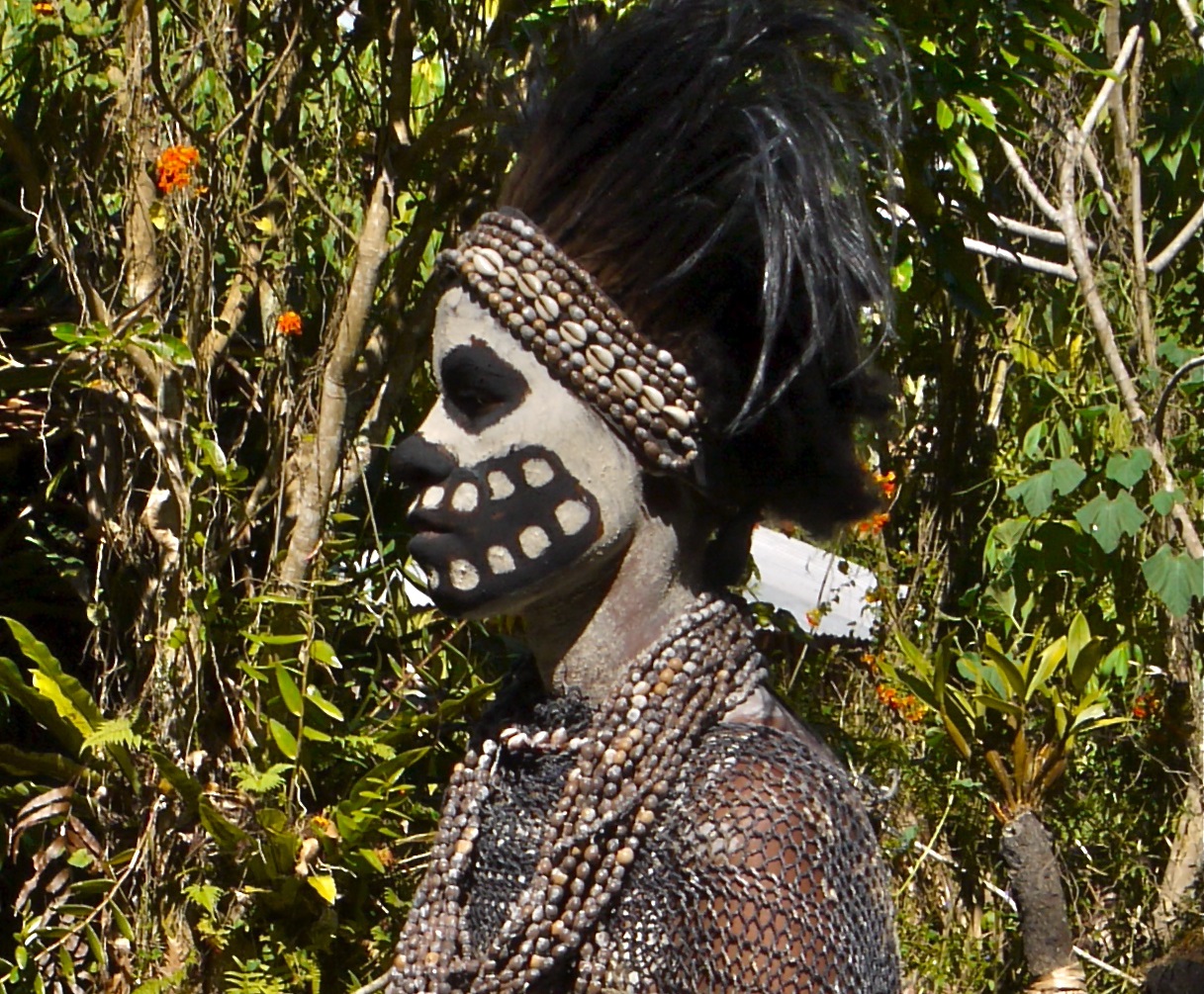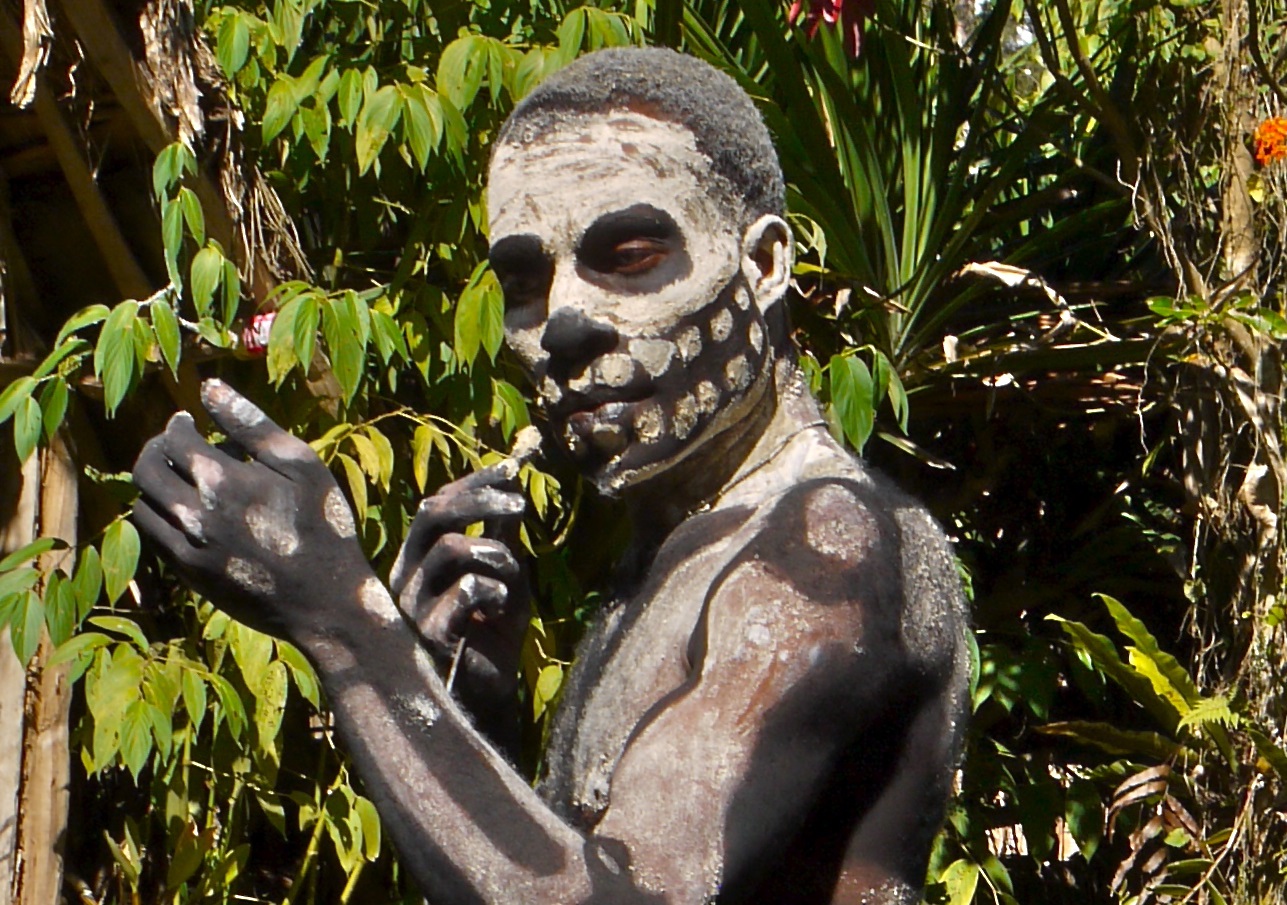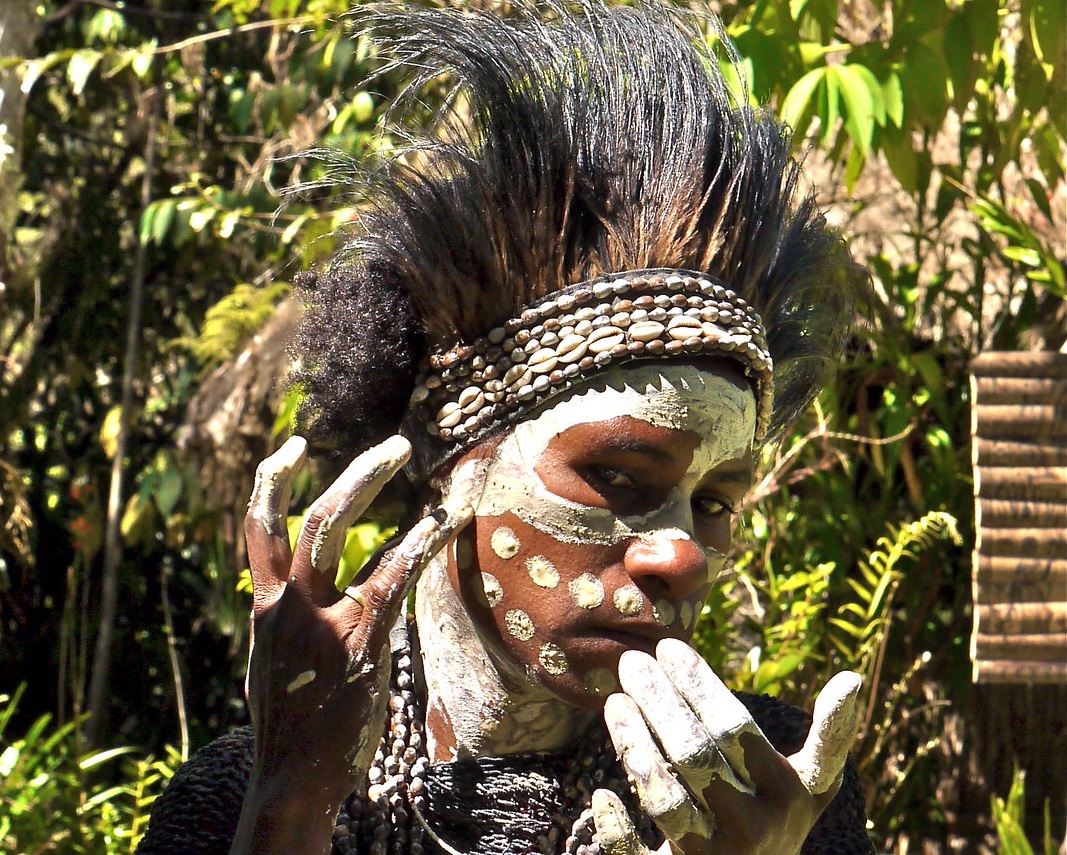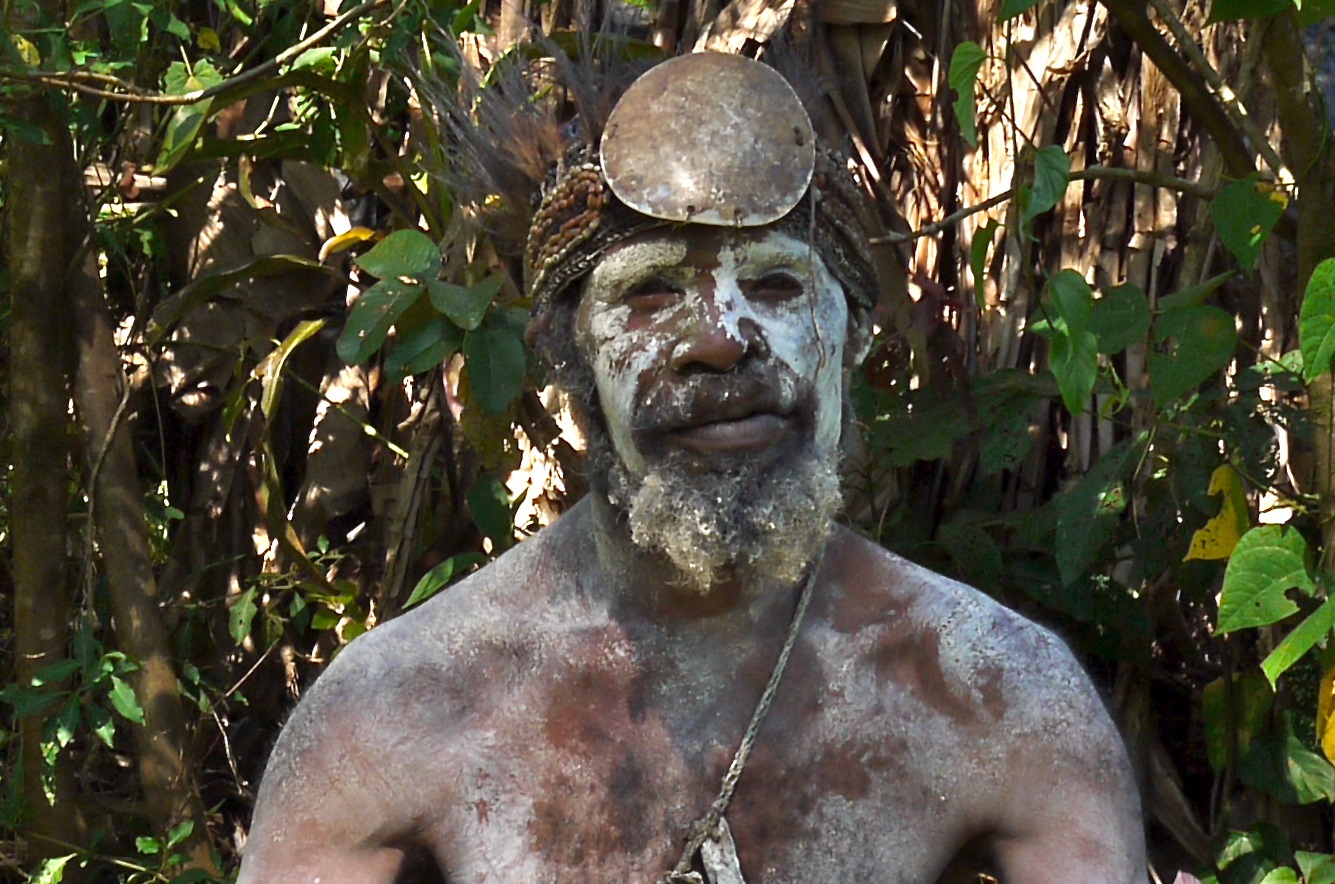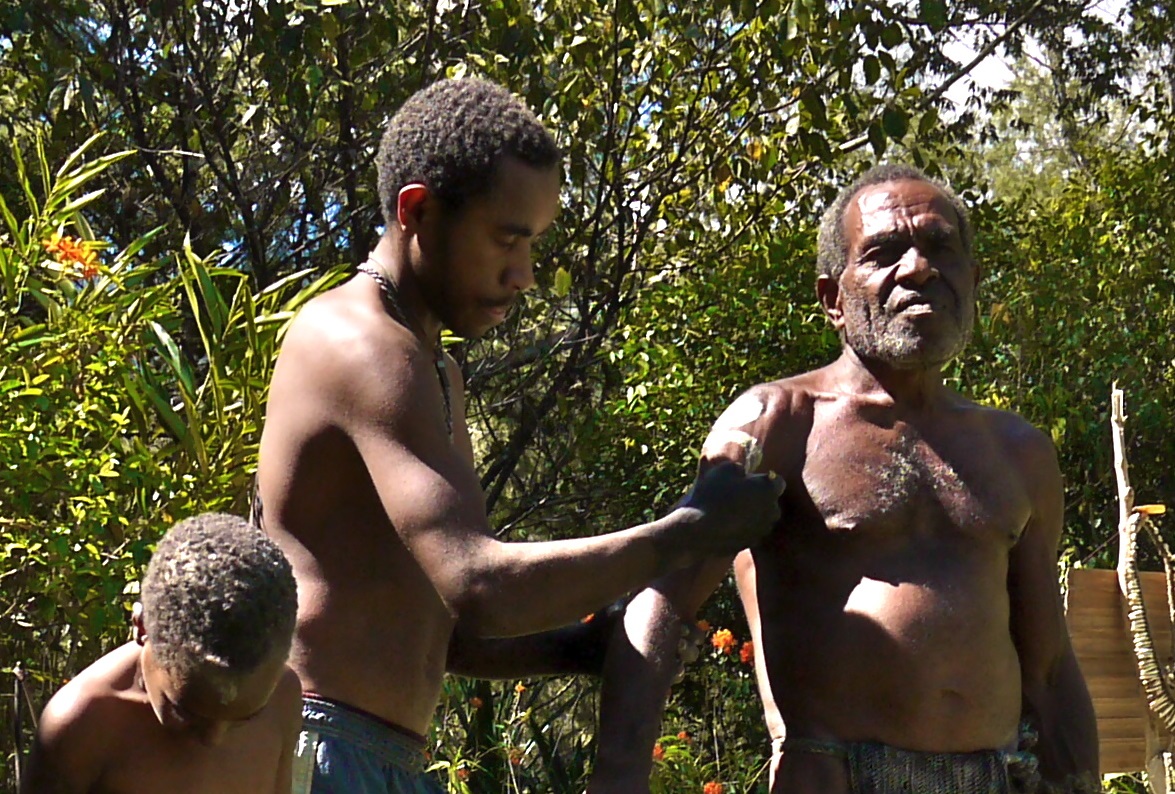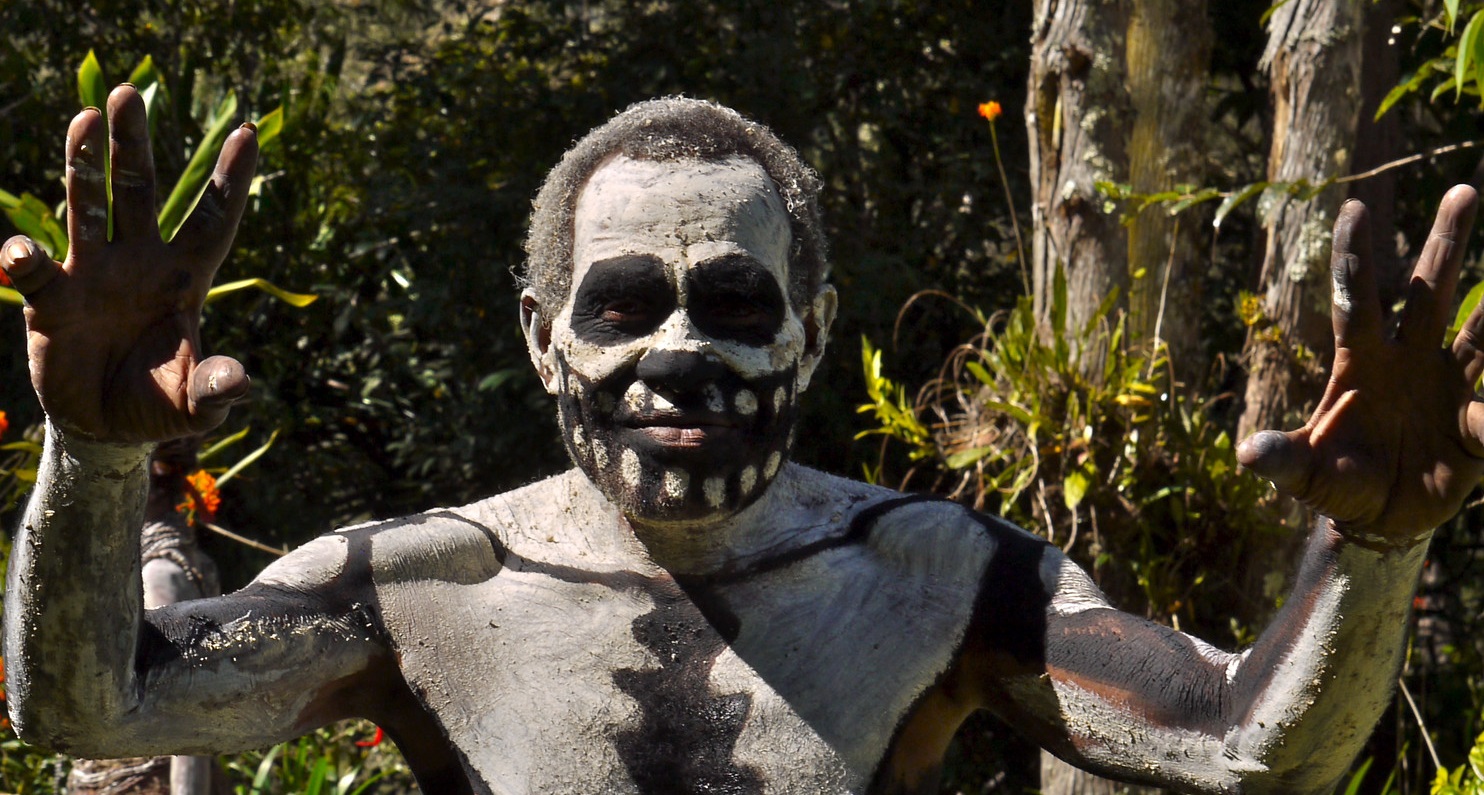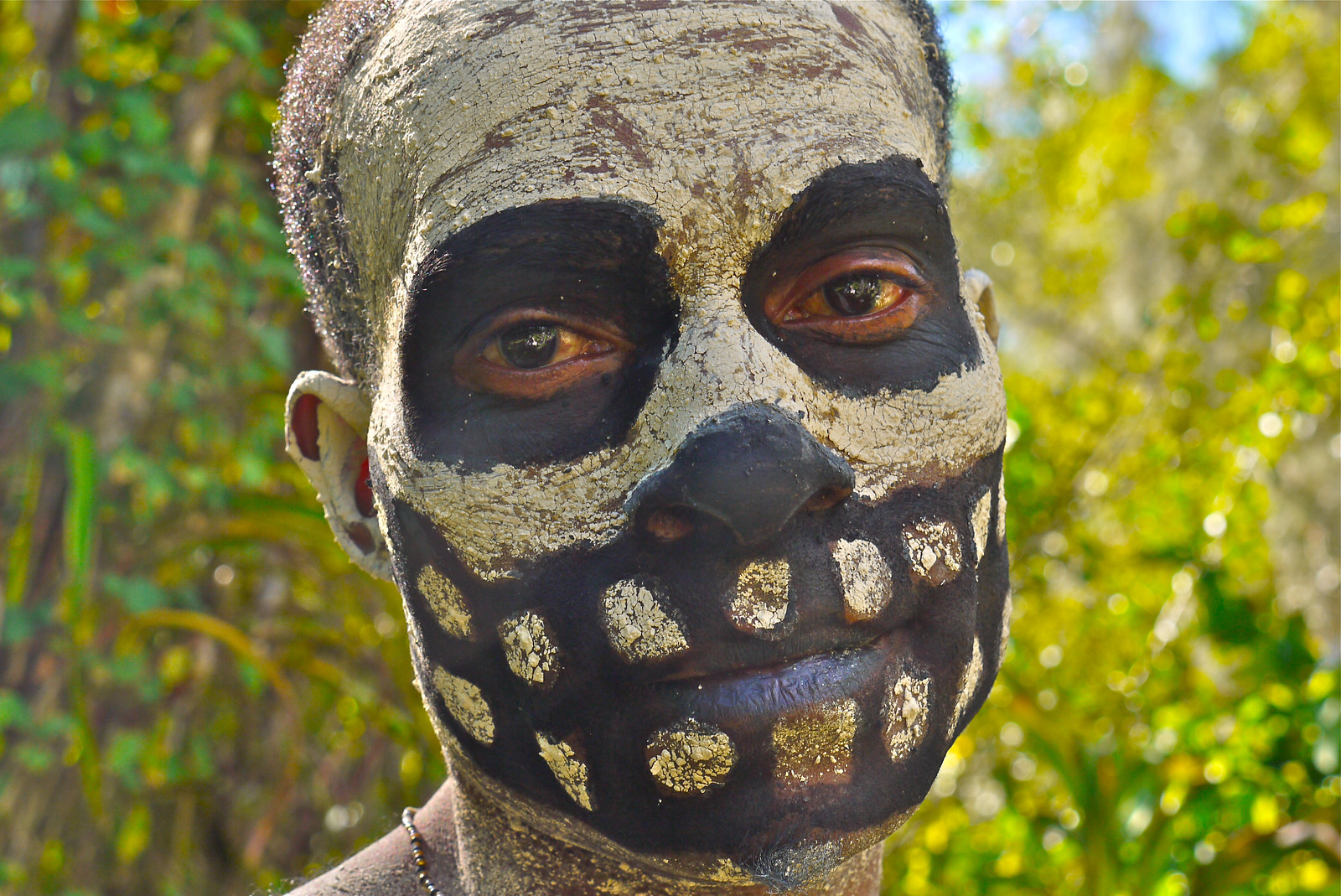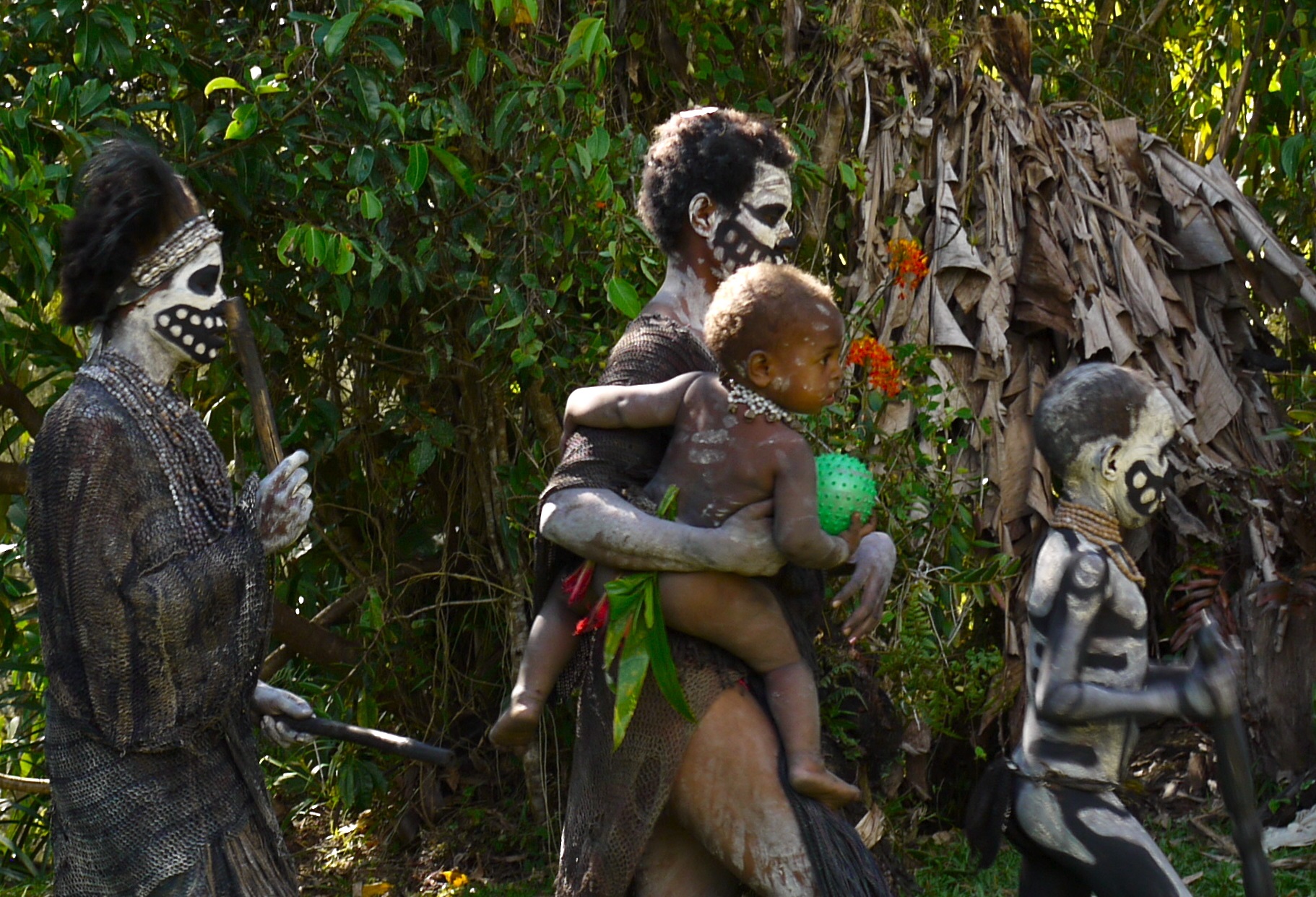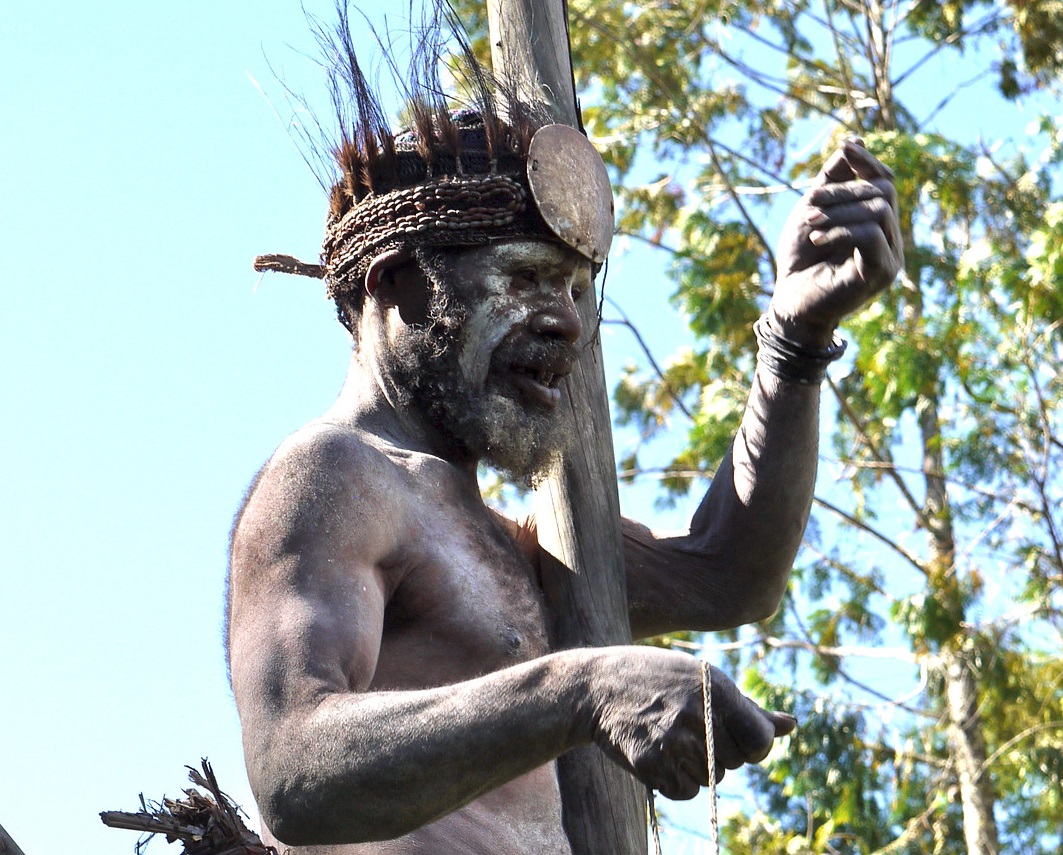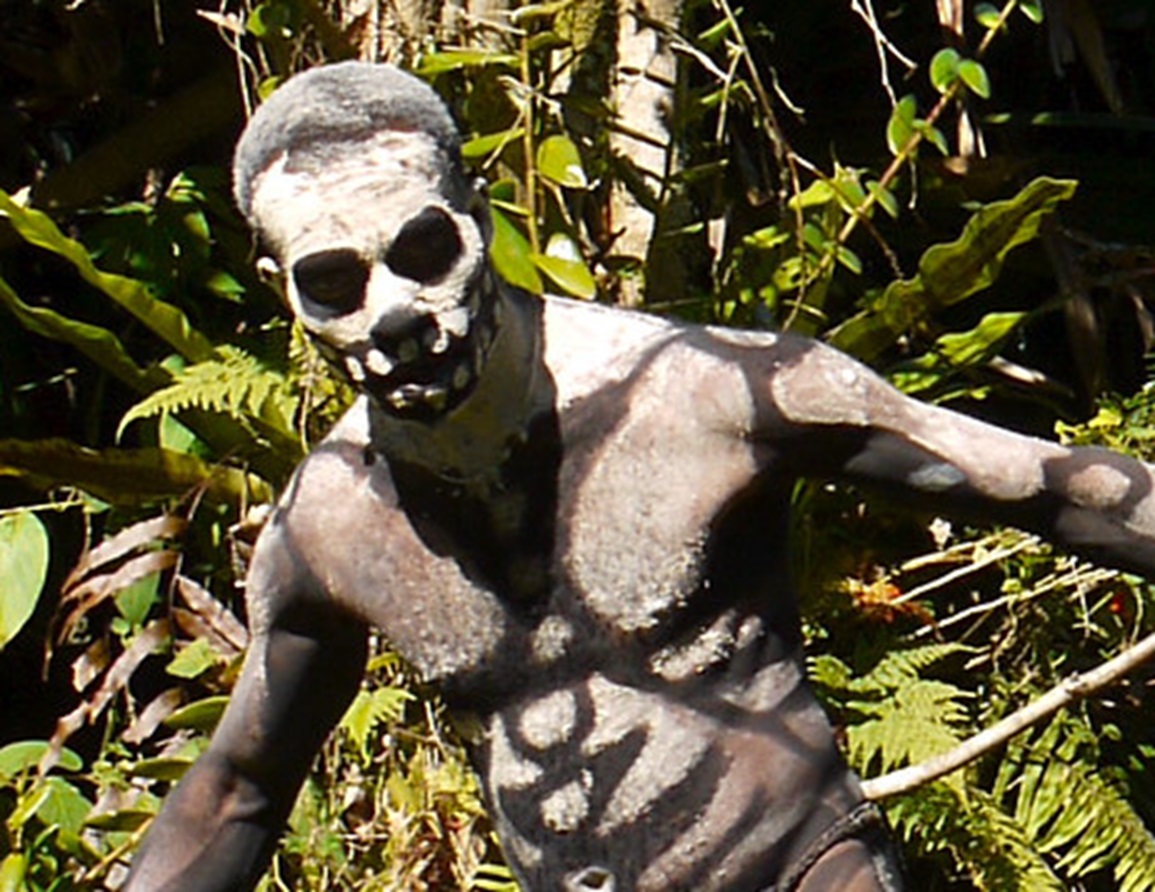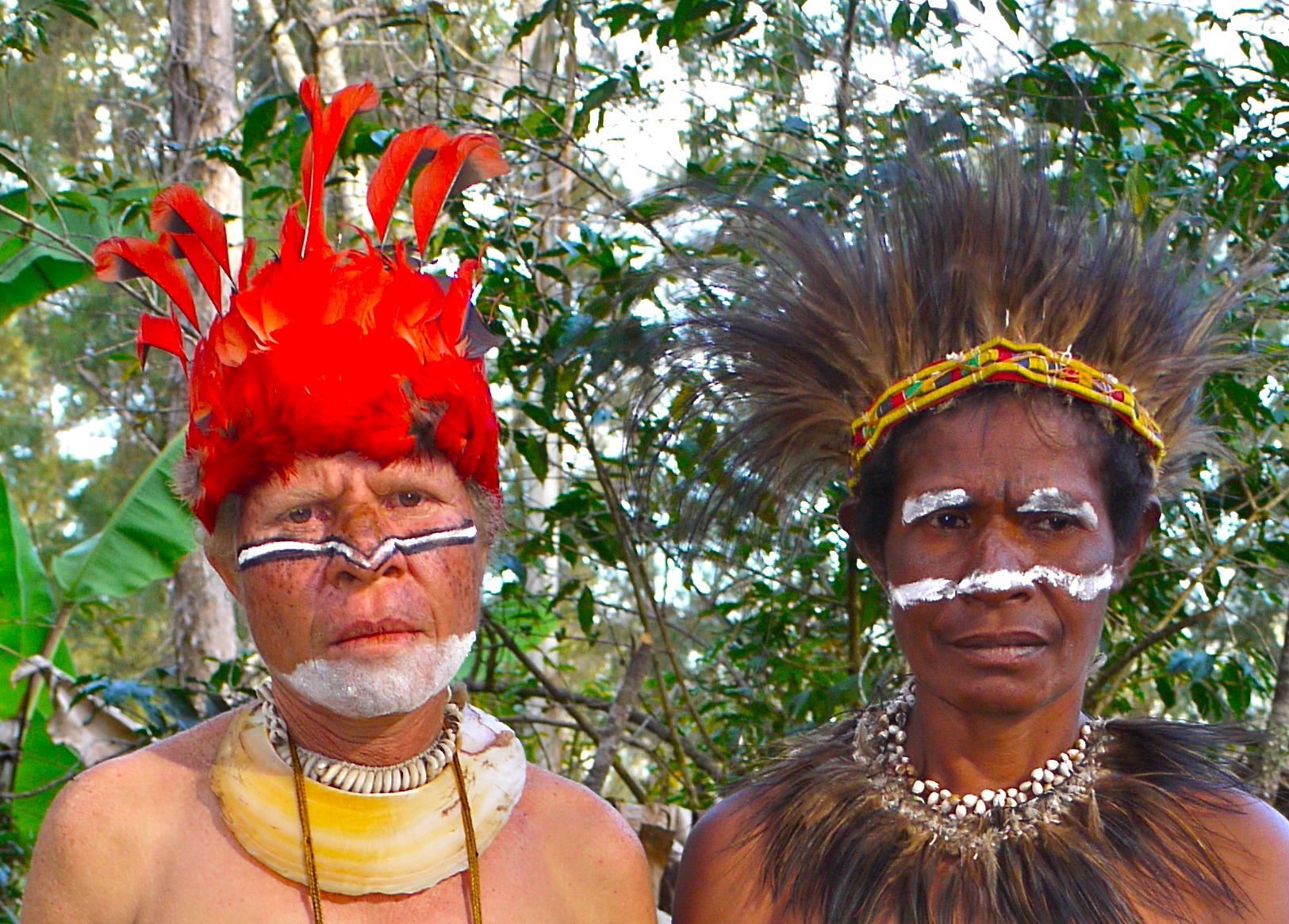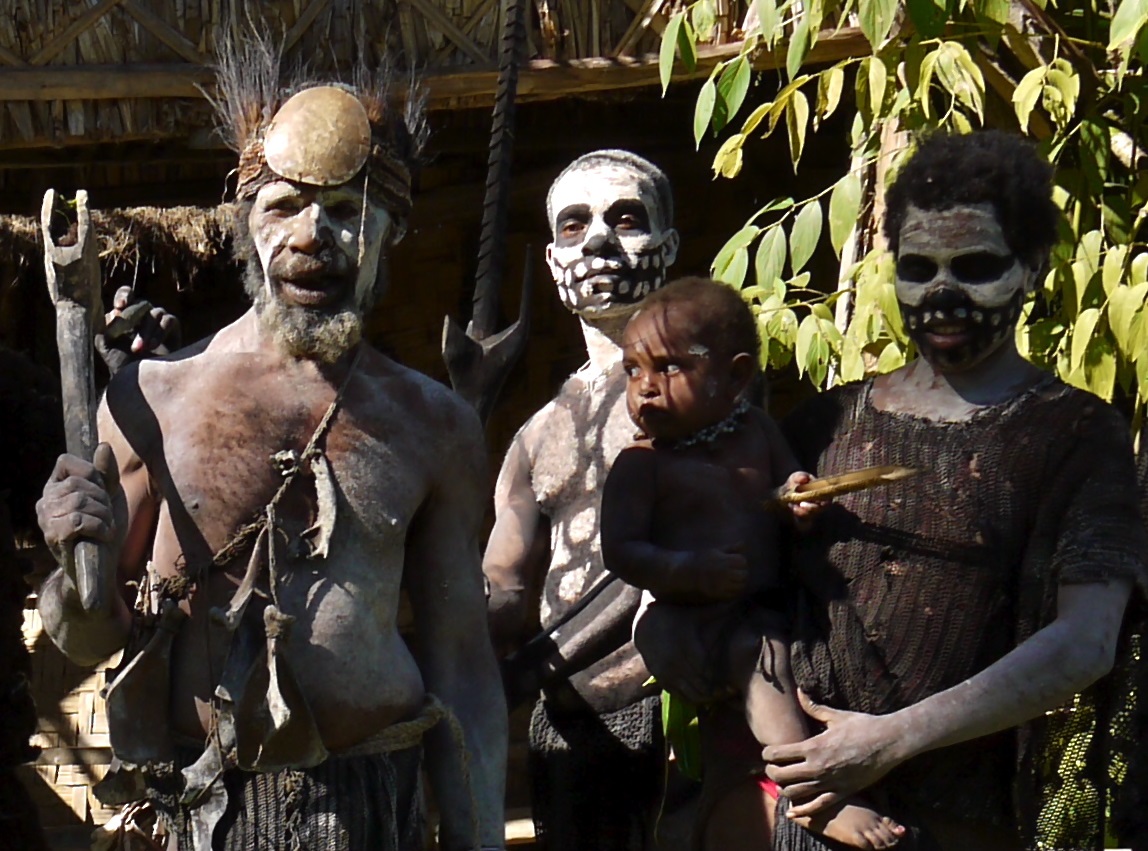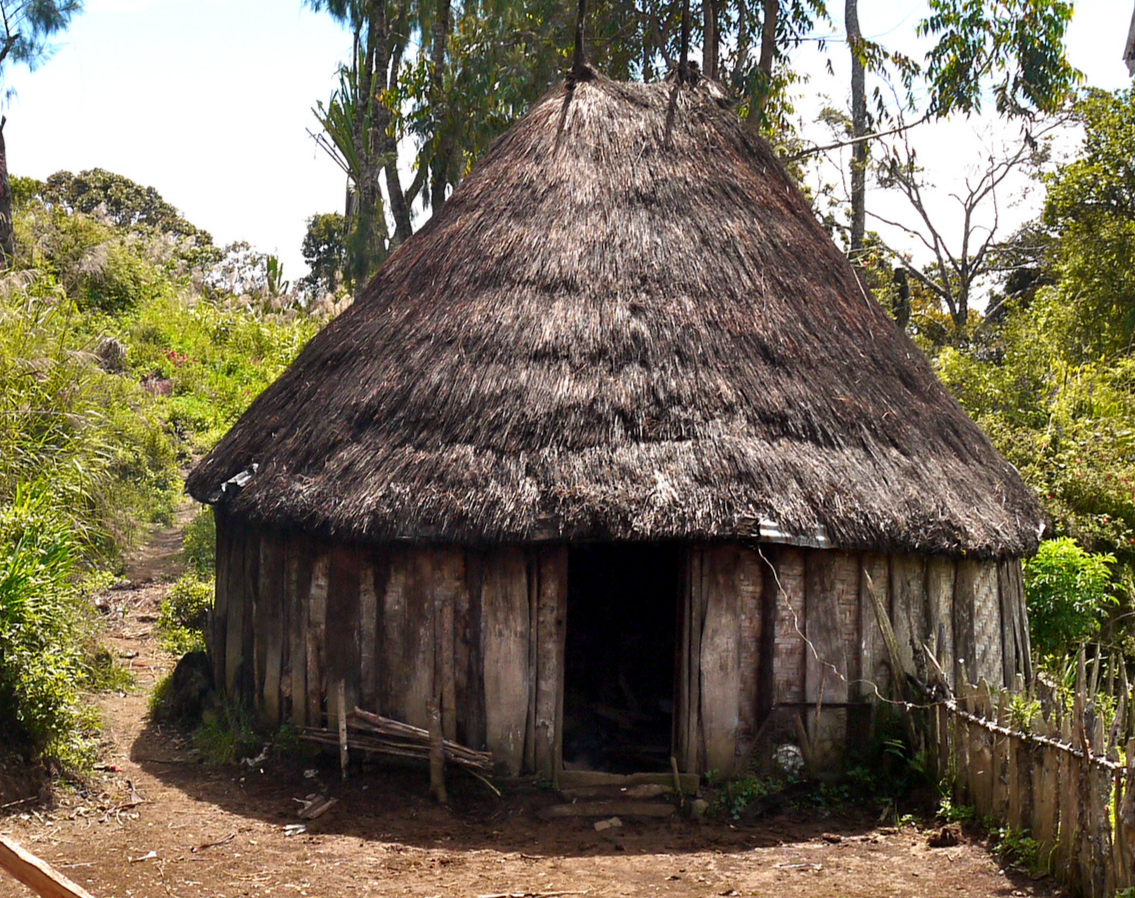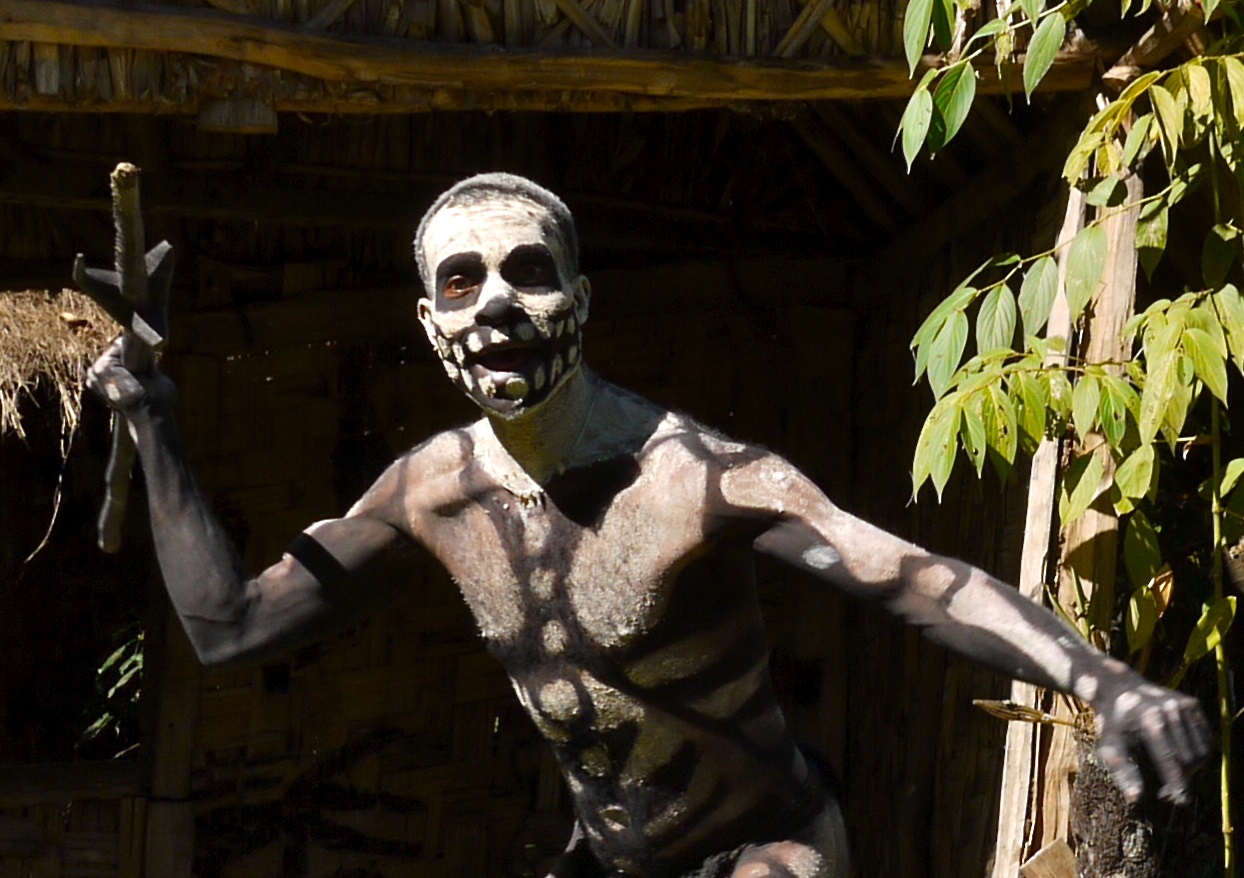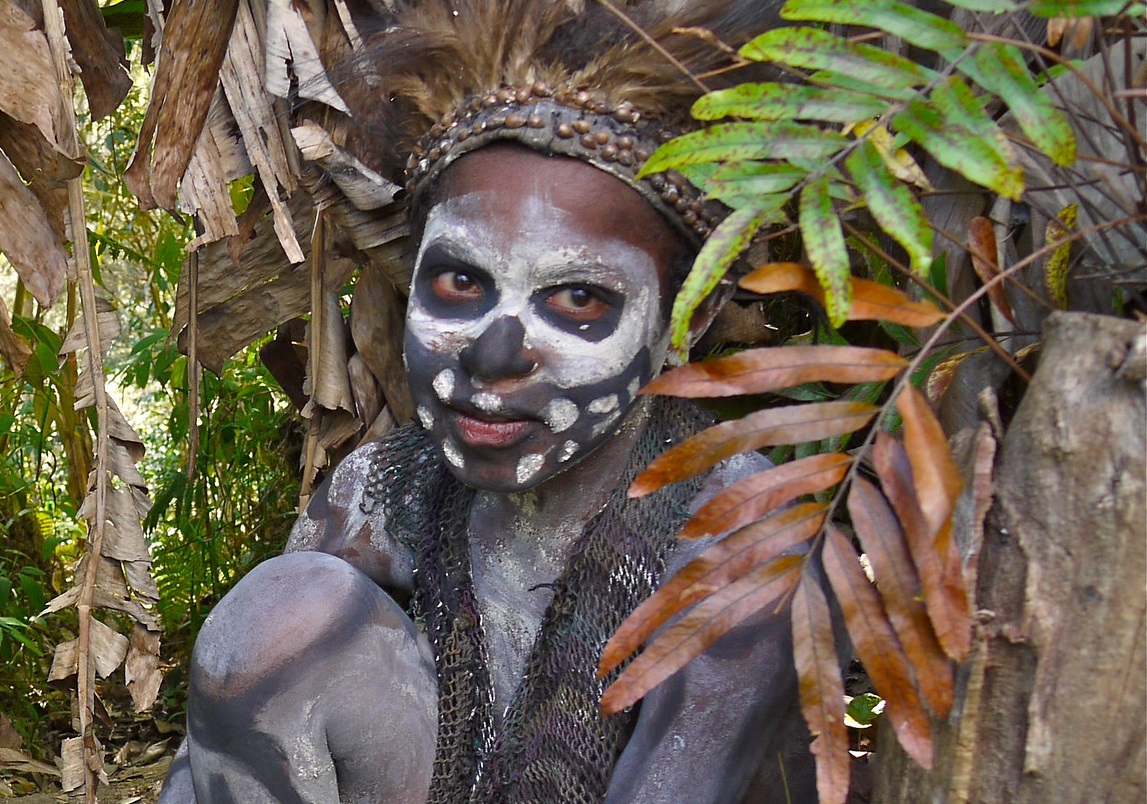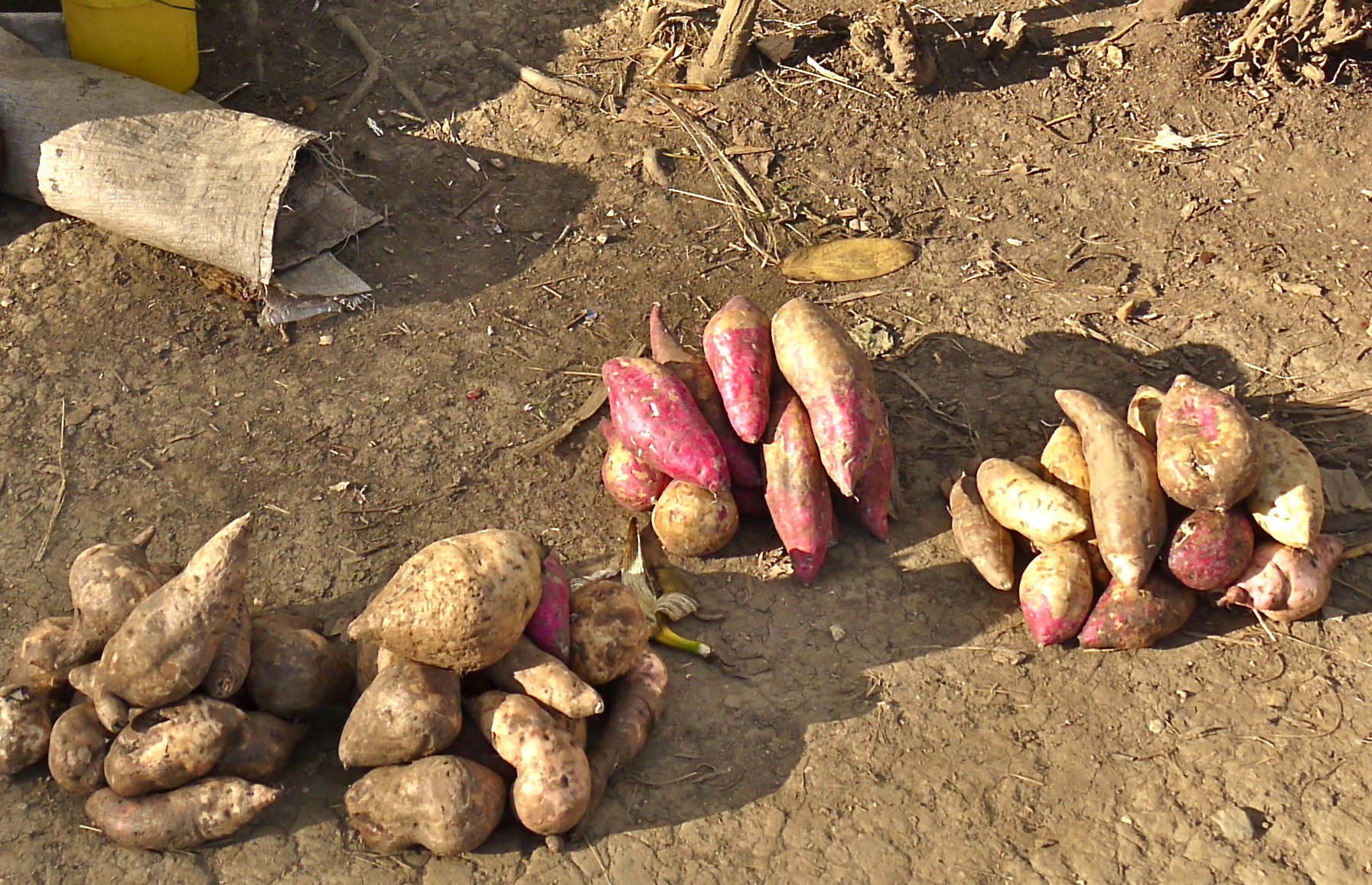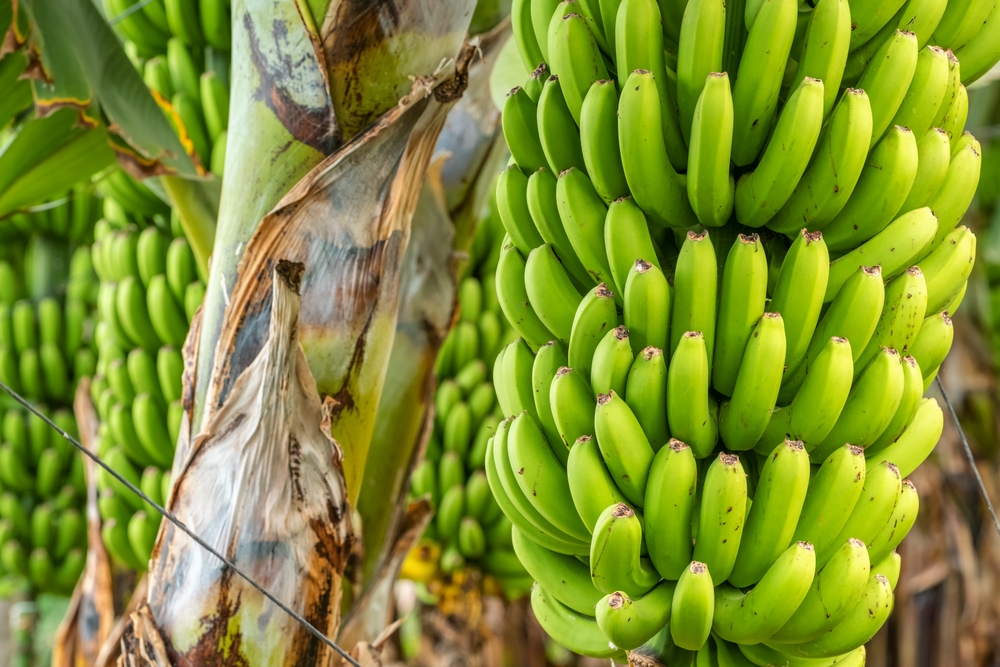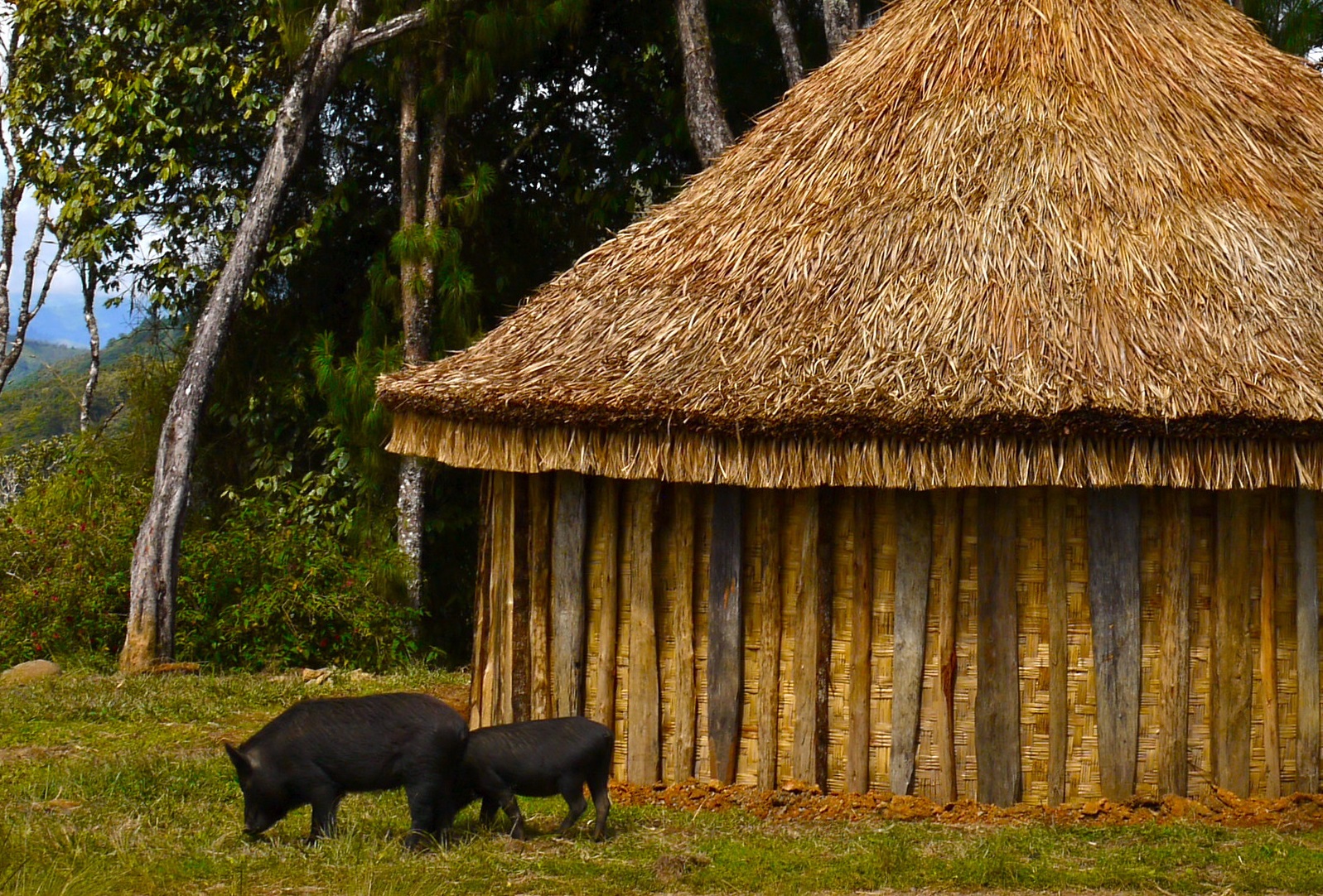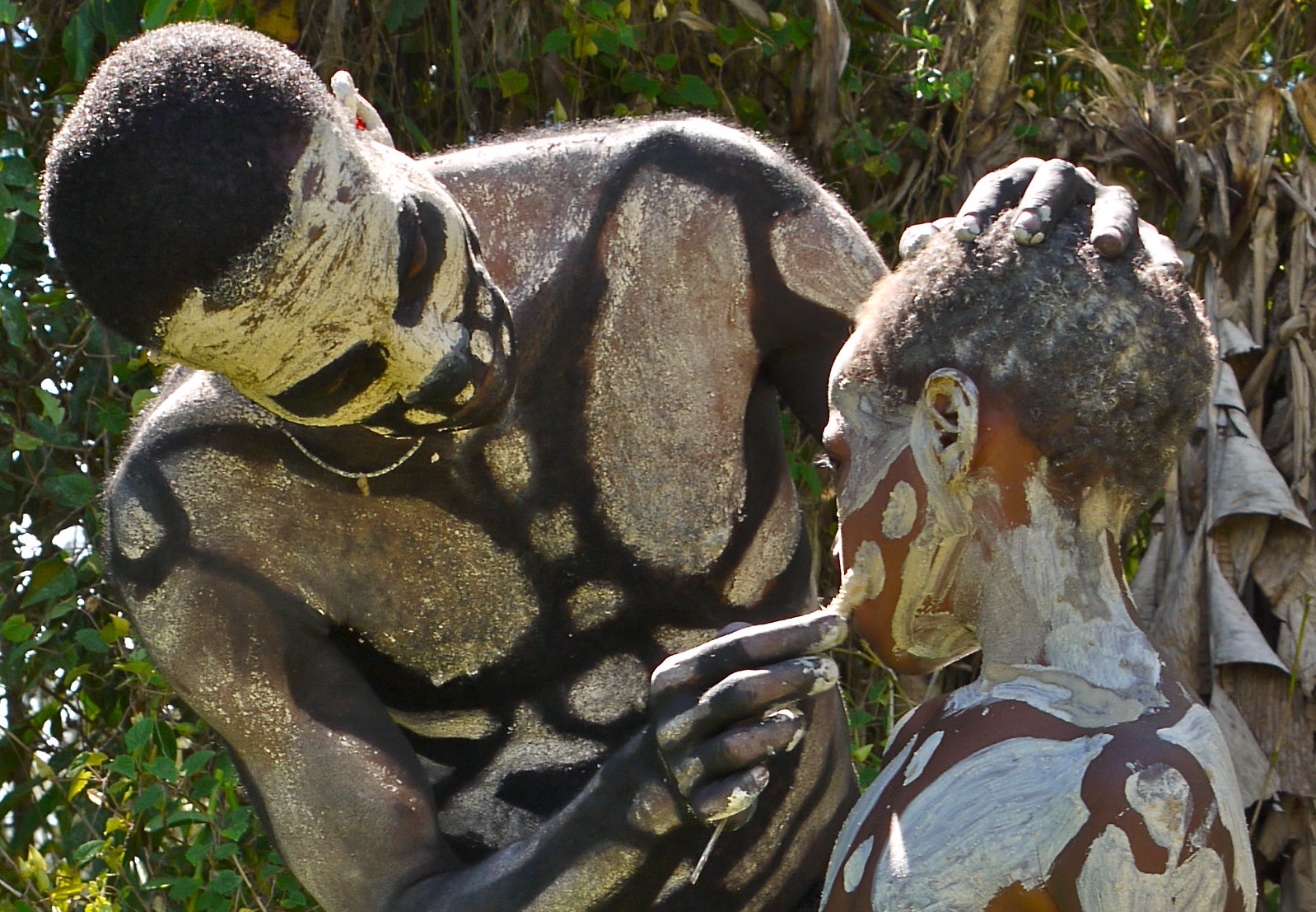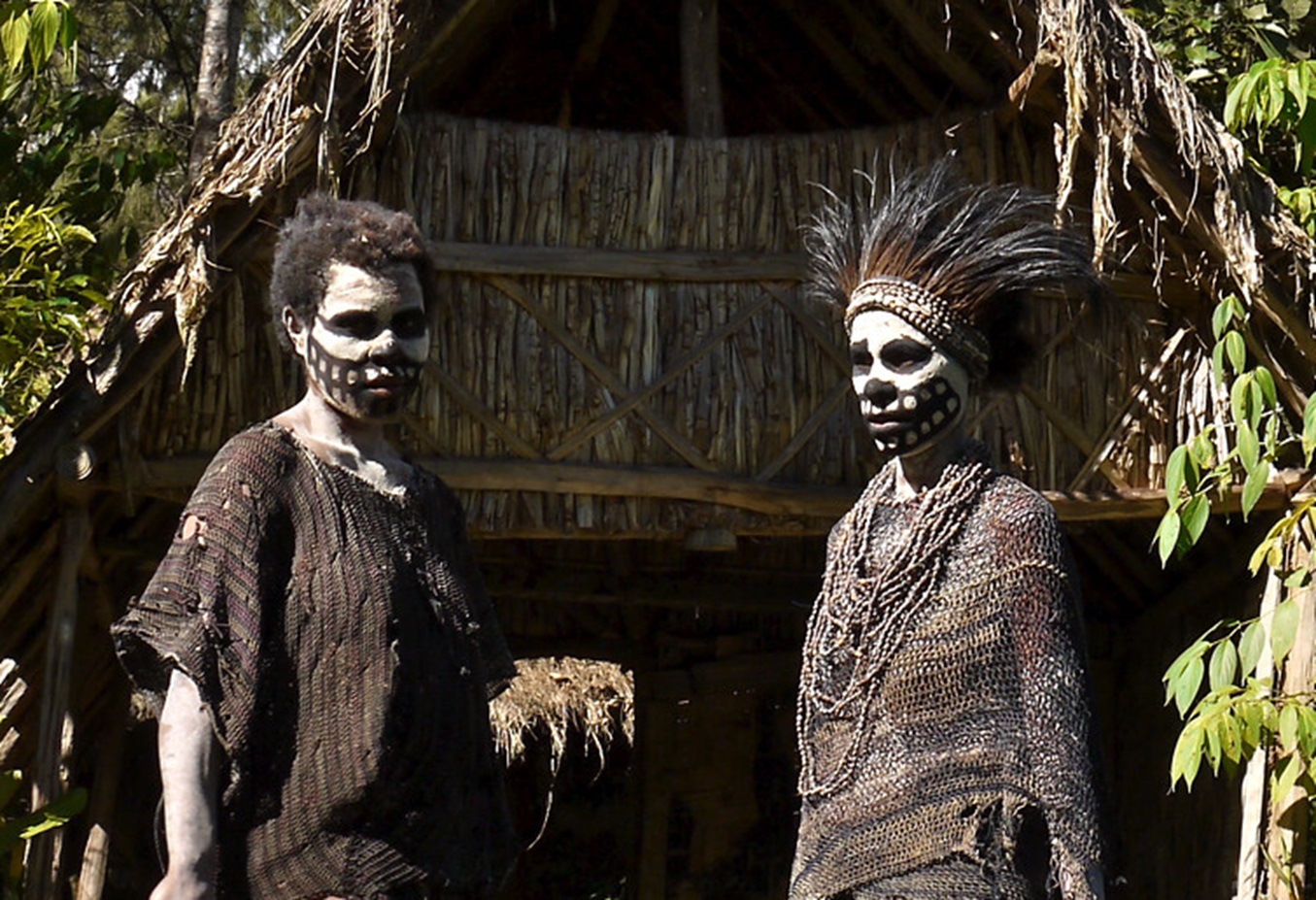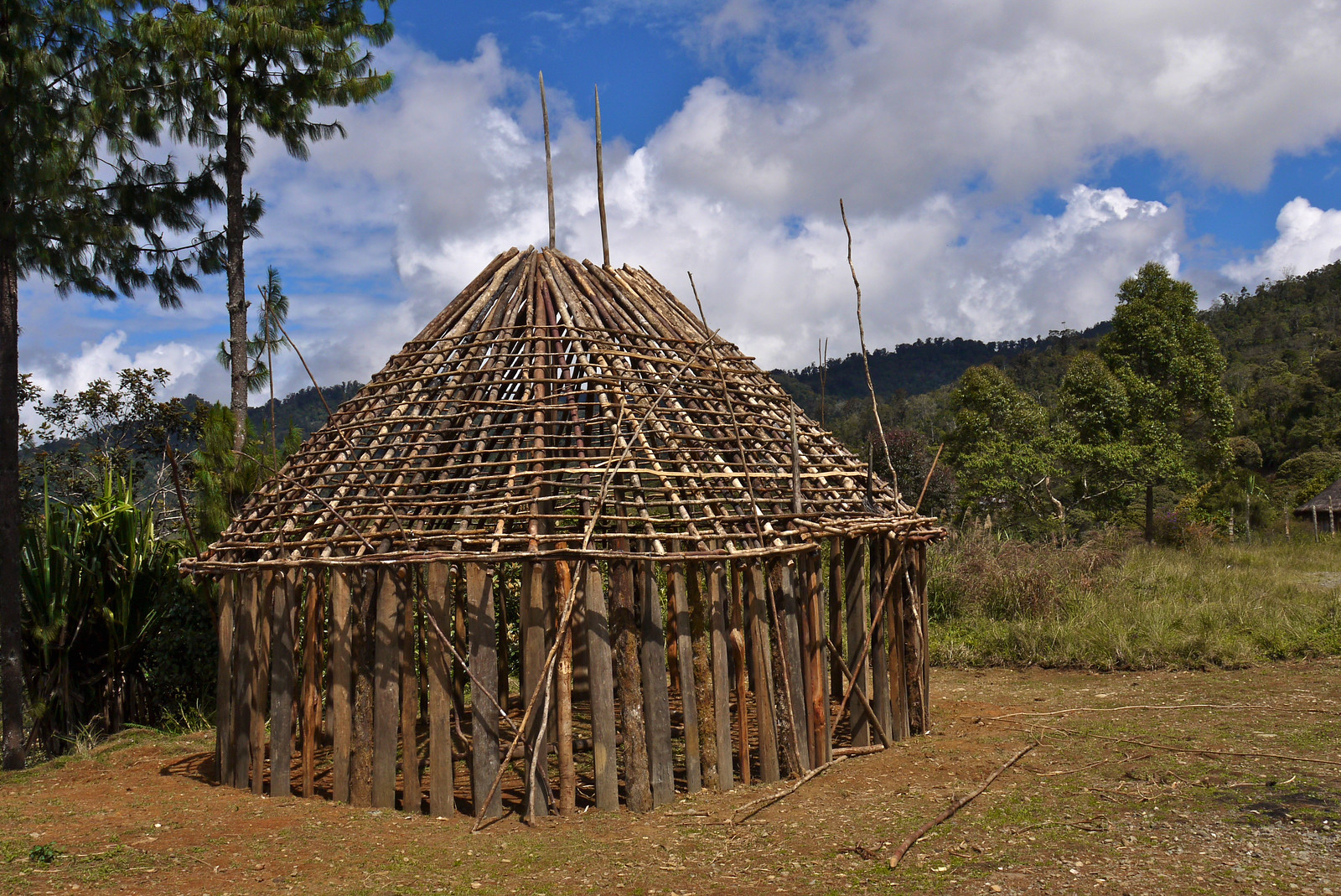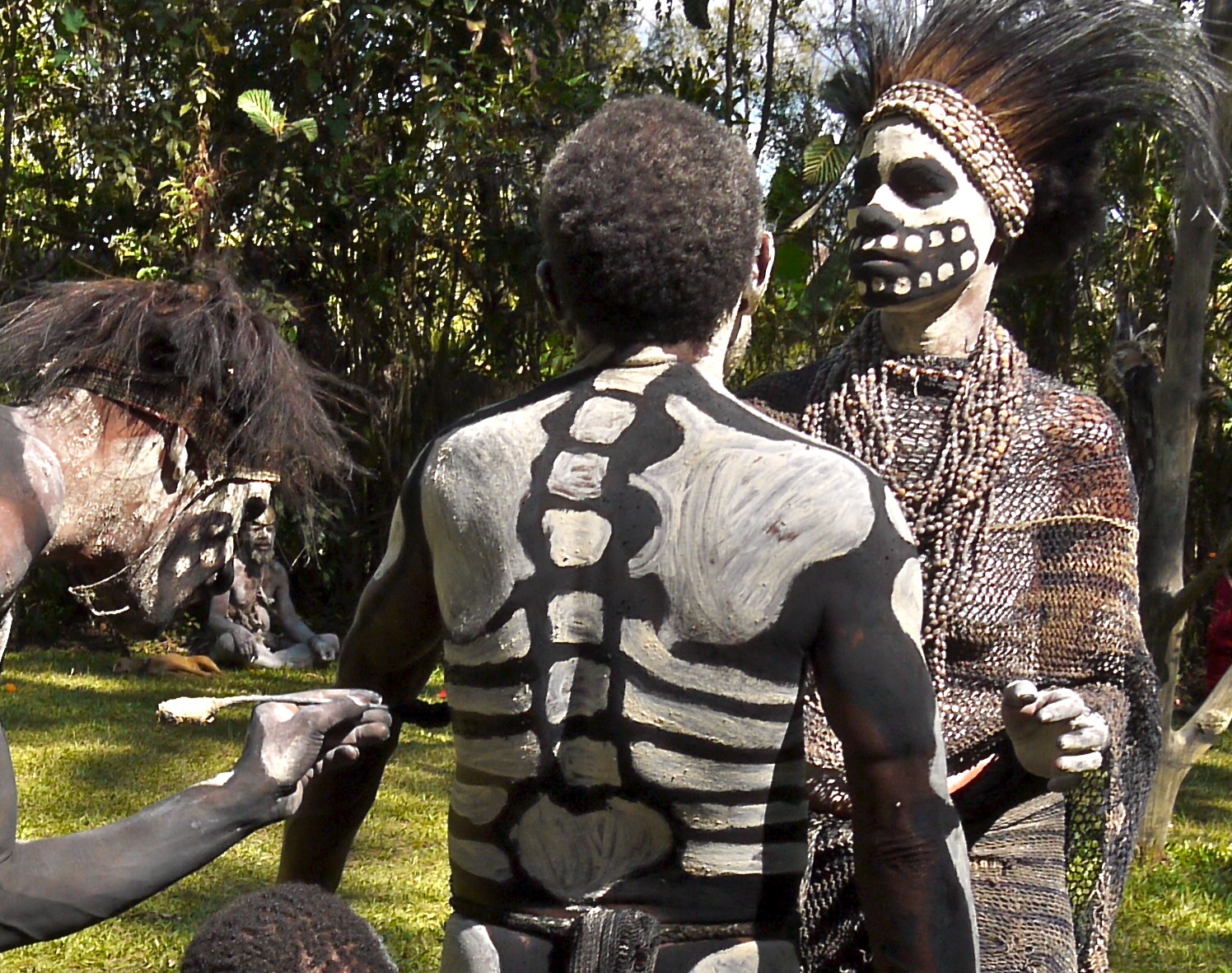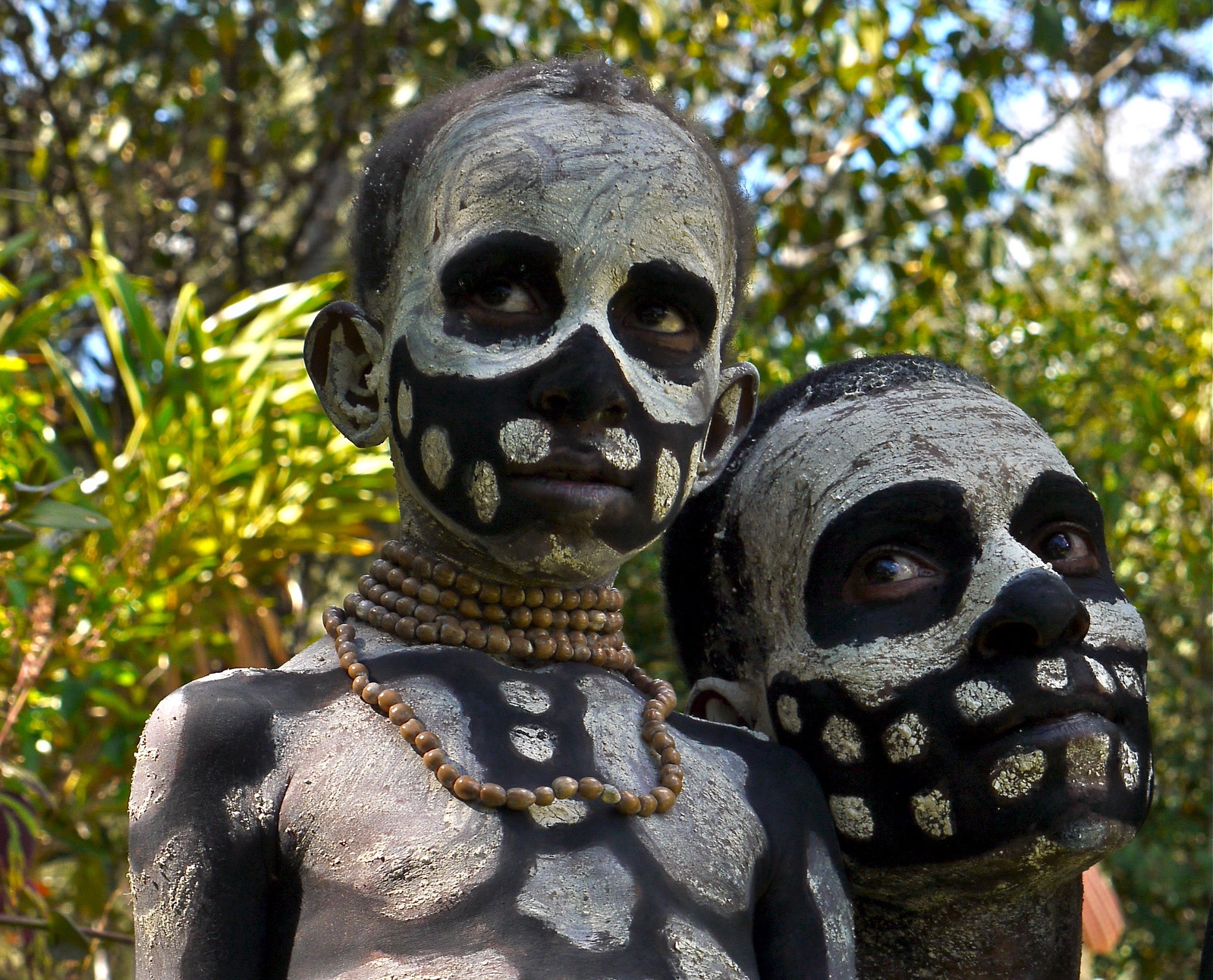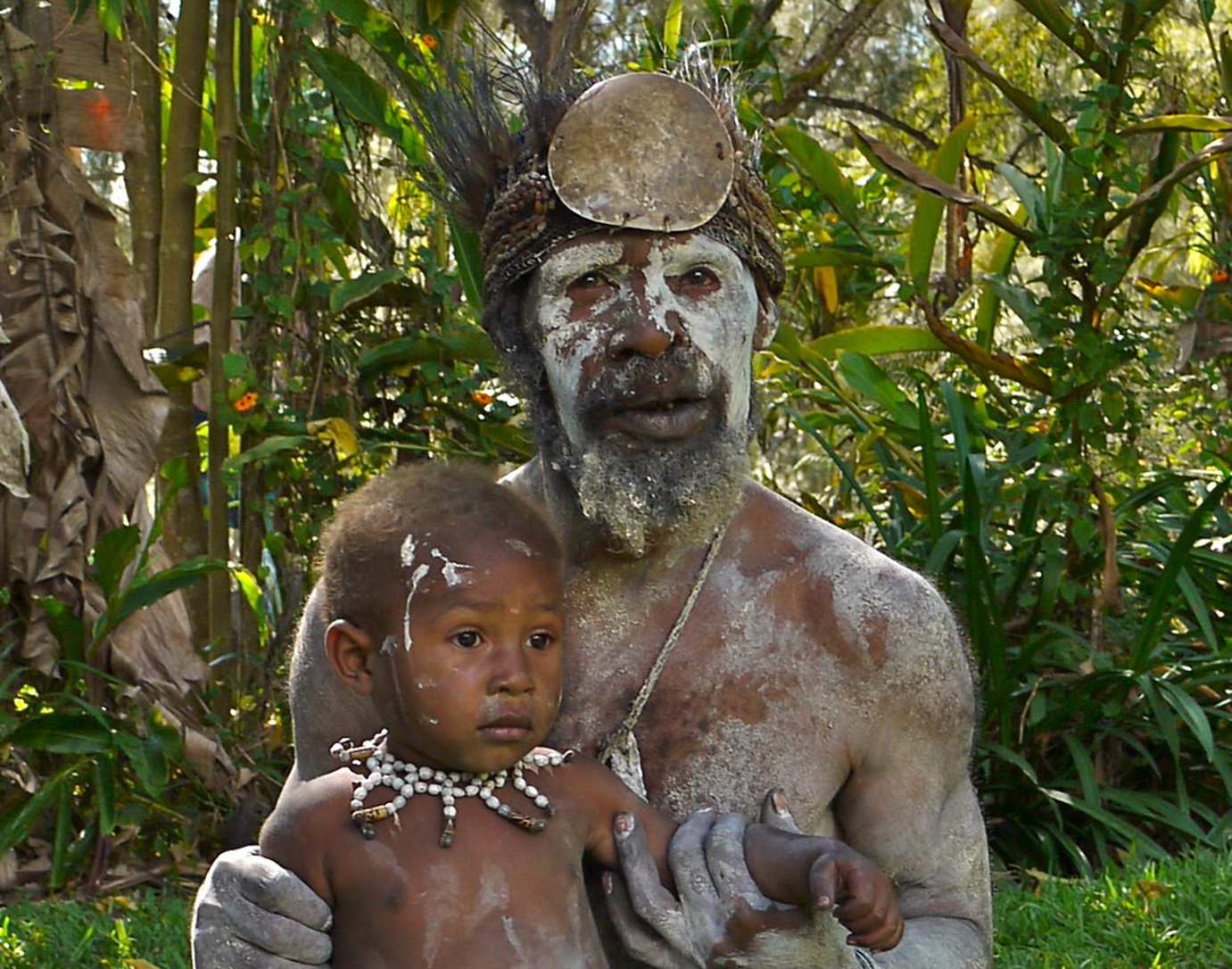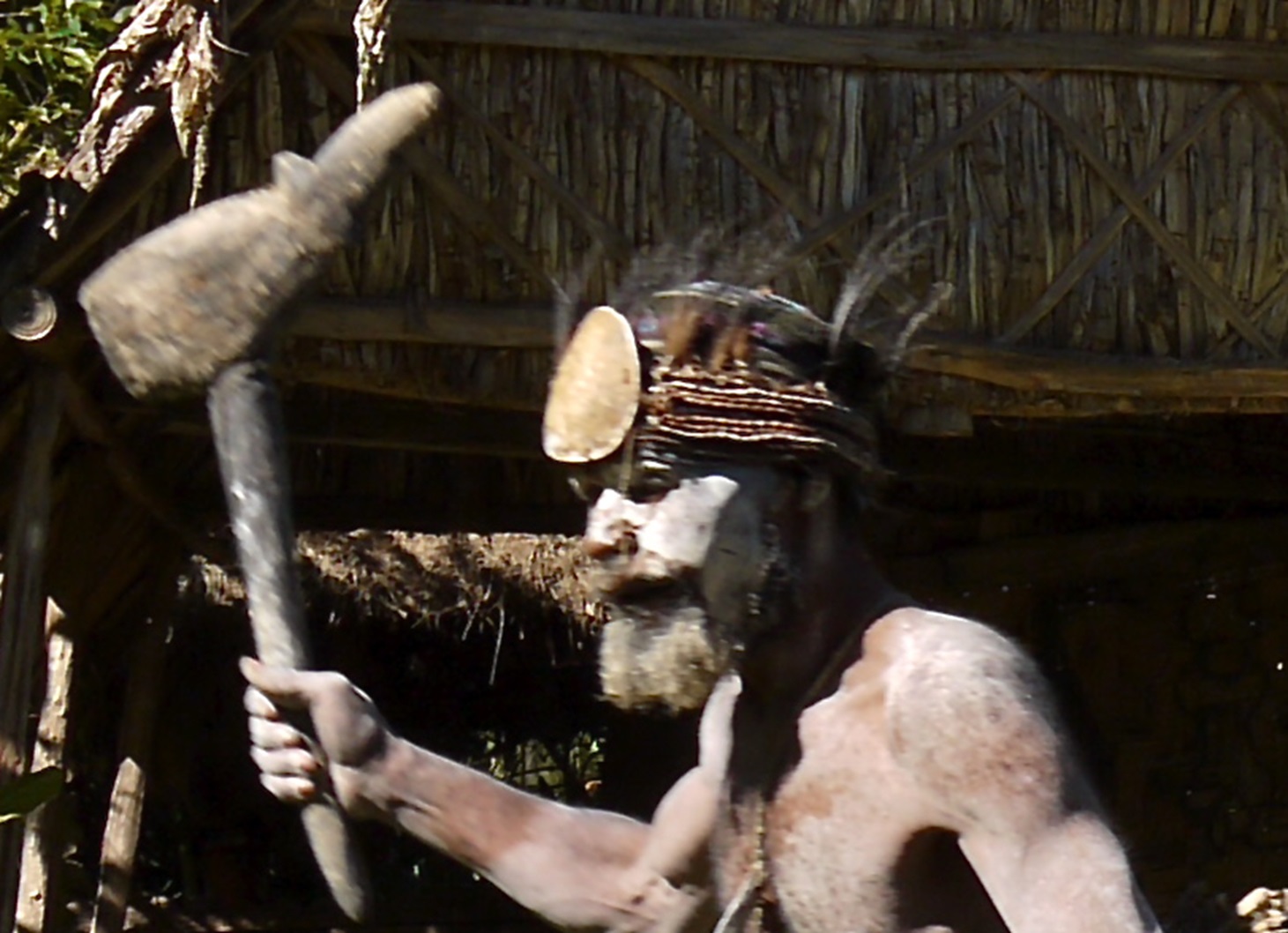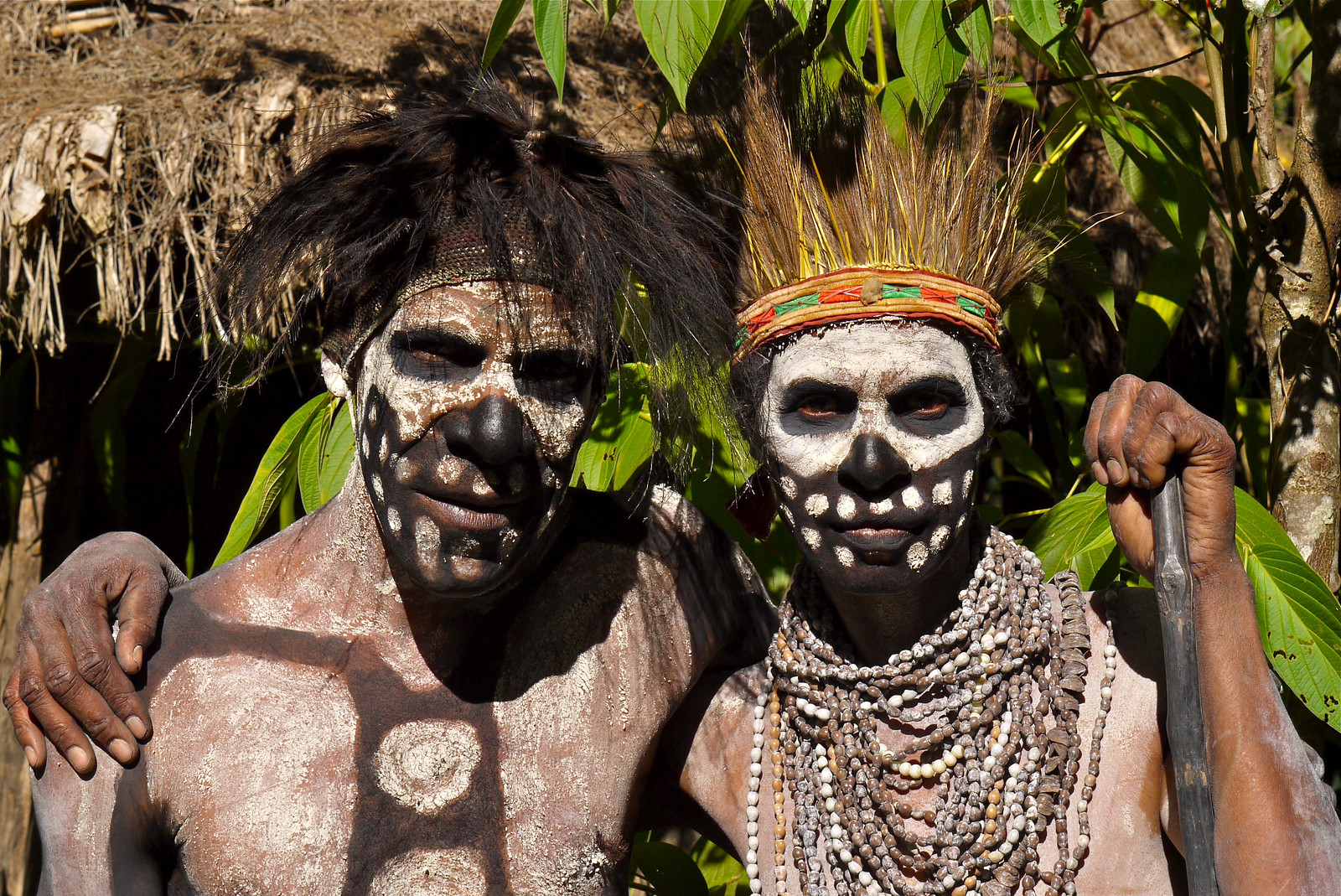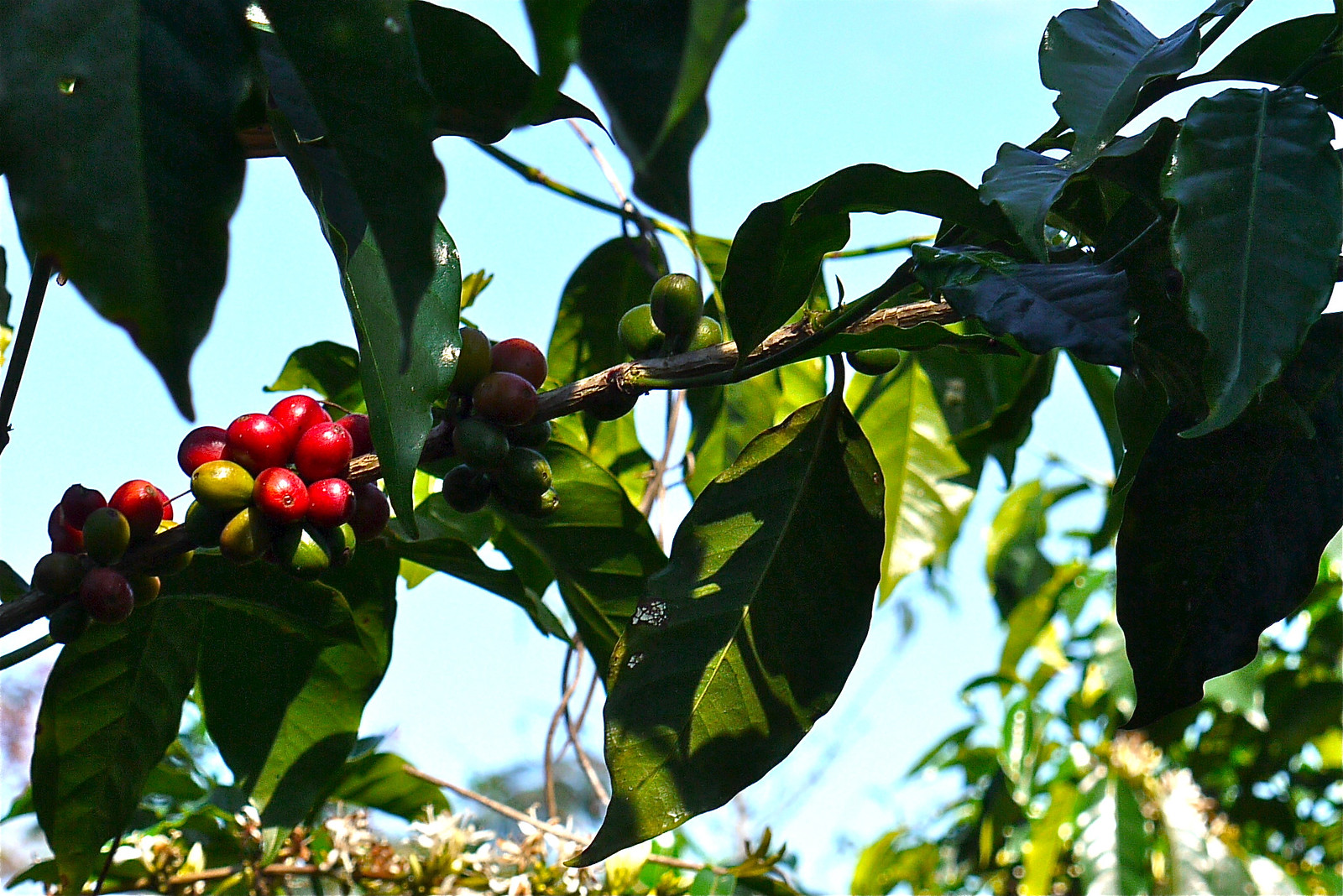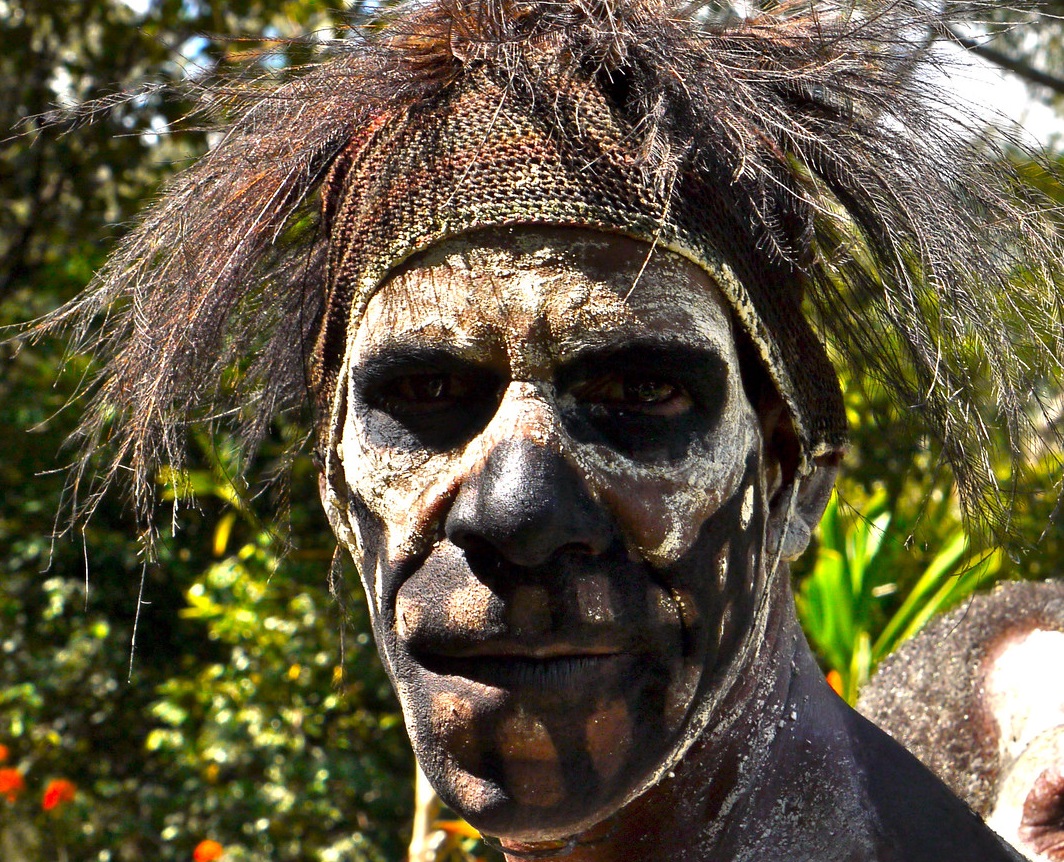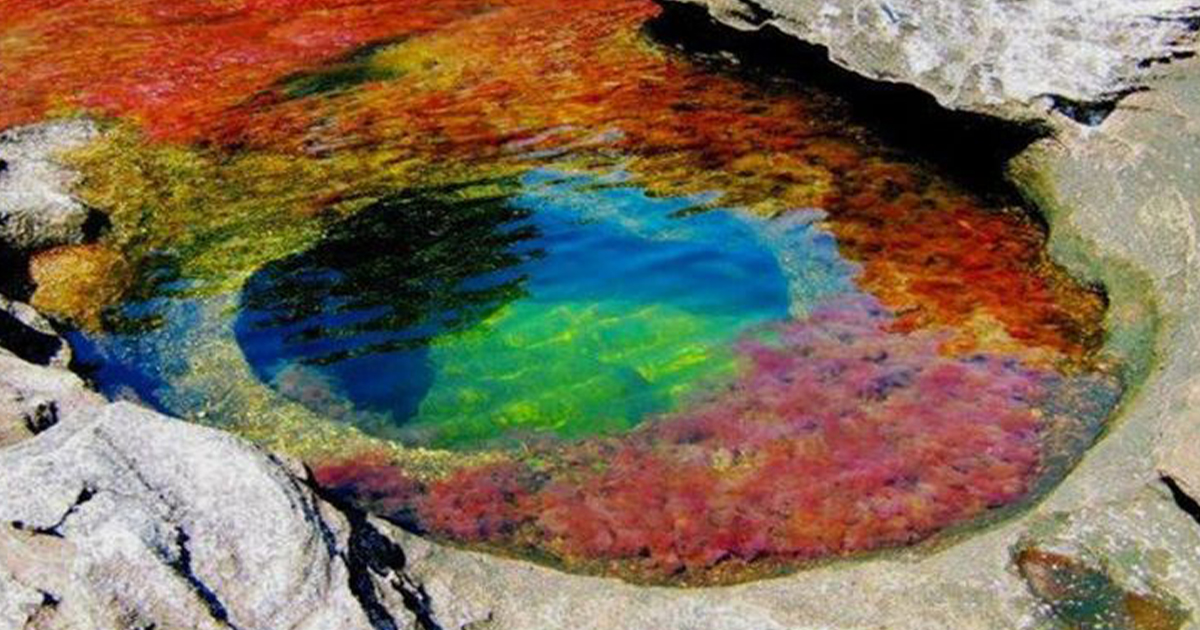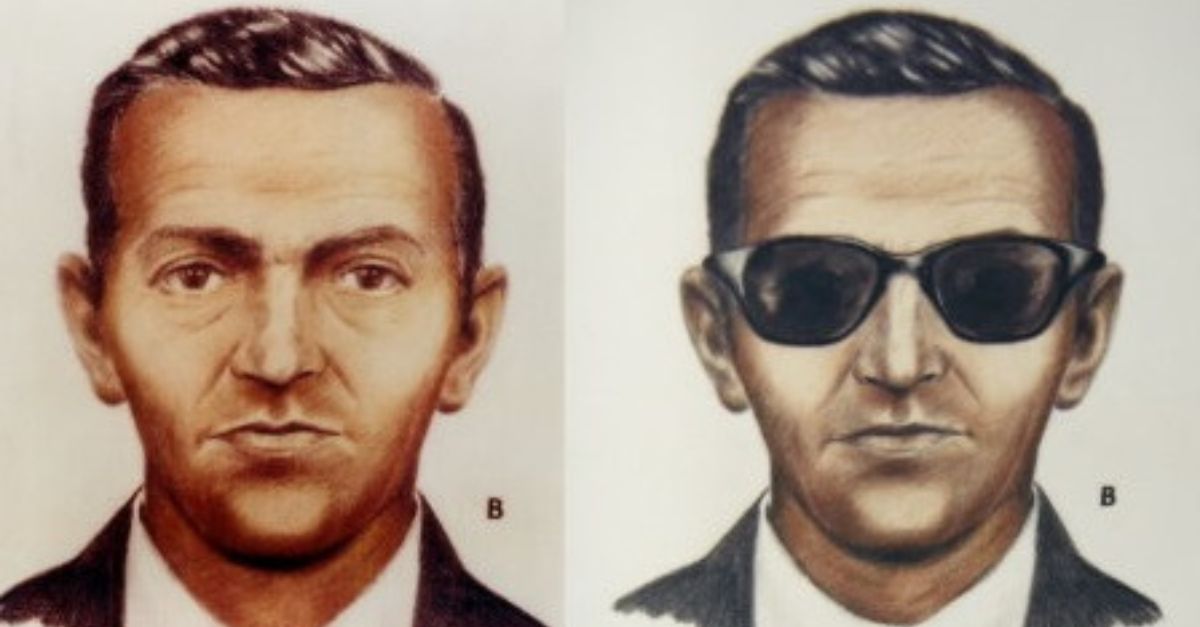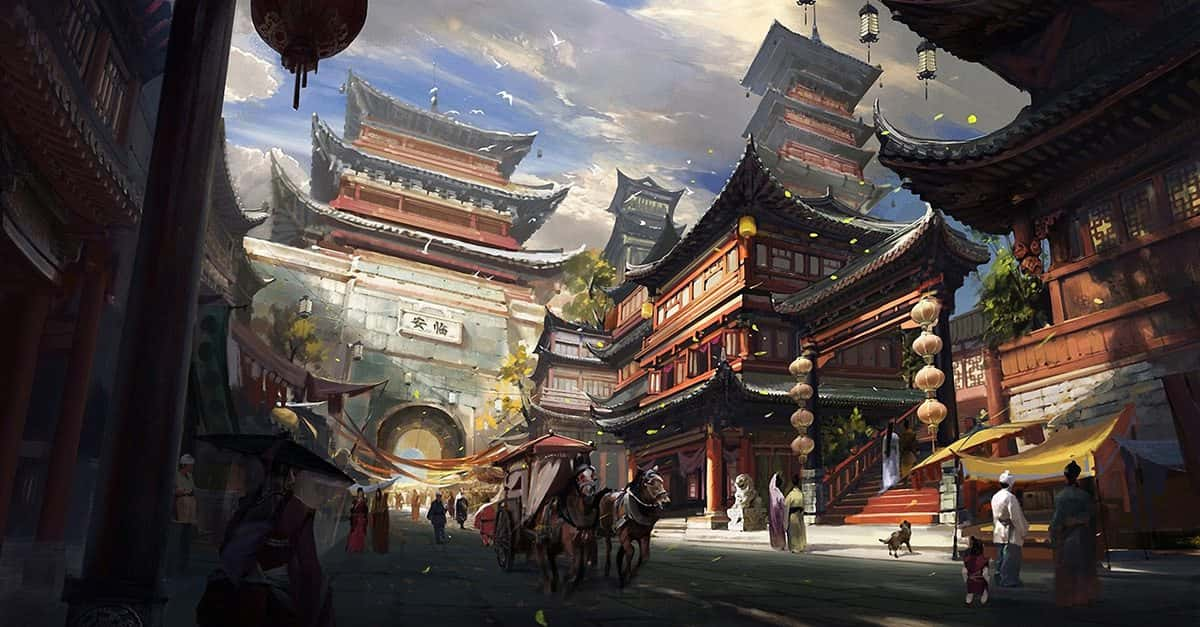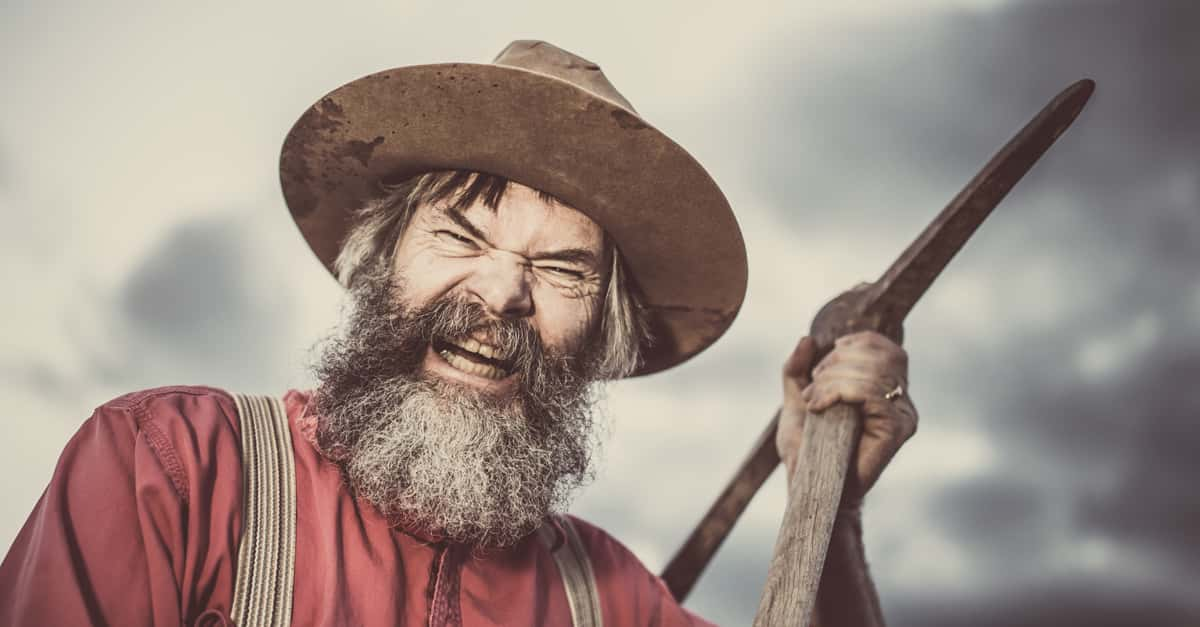Meet The Chimbu
Papua New Guinea is home to some of the world’s most unique and remote tribes. Of those tribes, the Chimbu are one of the most elusive. We still don’t know much about them, but in recent years, the Chimbu's haunting skeleton dance has captivated outsiders and provided rare opportunities to glimpse into the lives of these mysterious people.
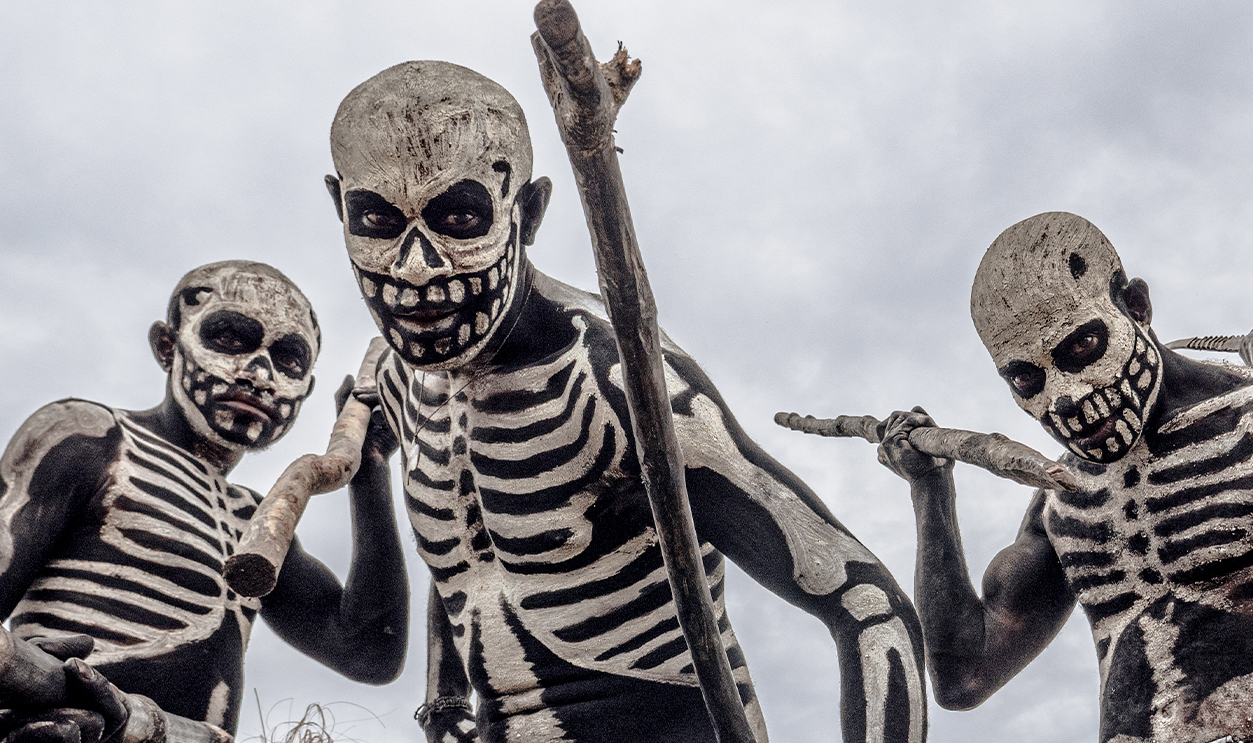
Where Do They Live?
The Chimbu live in the central highlands of Papua New Guinea’s Simbu Province. Their villages are spread throughout the Chimbu, Koro, and Wahgi valleys, which are 1,400 to 2,400 above sea level.
How Many Are There?
There are about 180,000 Chimbu people living in Simbu Province, with most living in their traditional homelands in the north of the province.
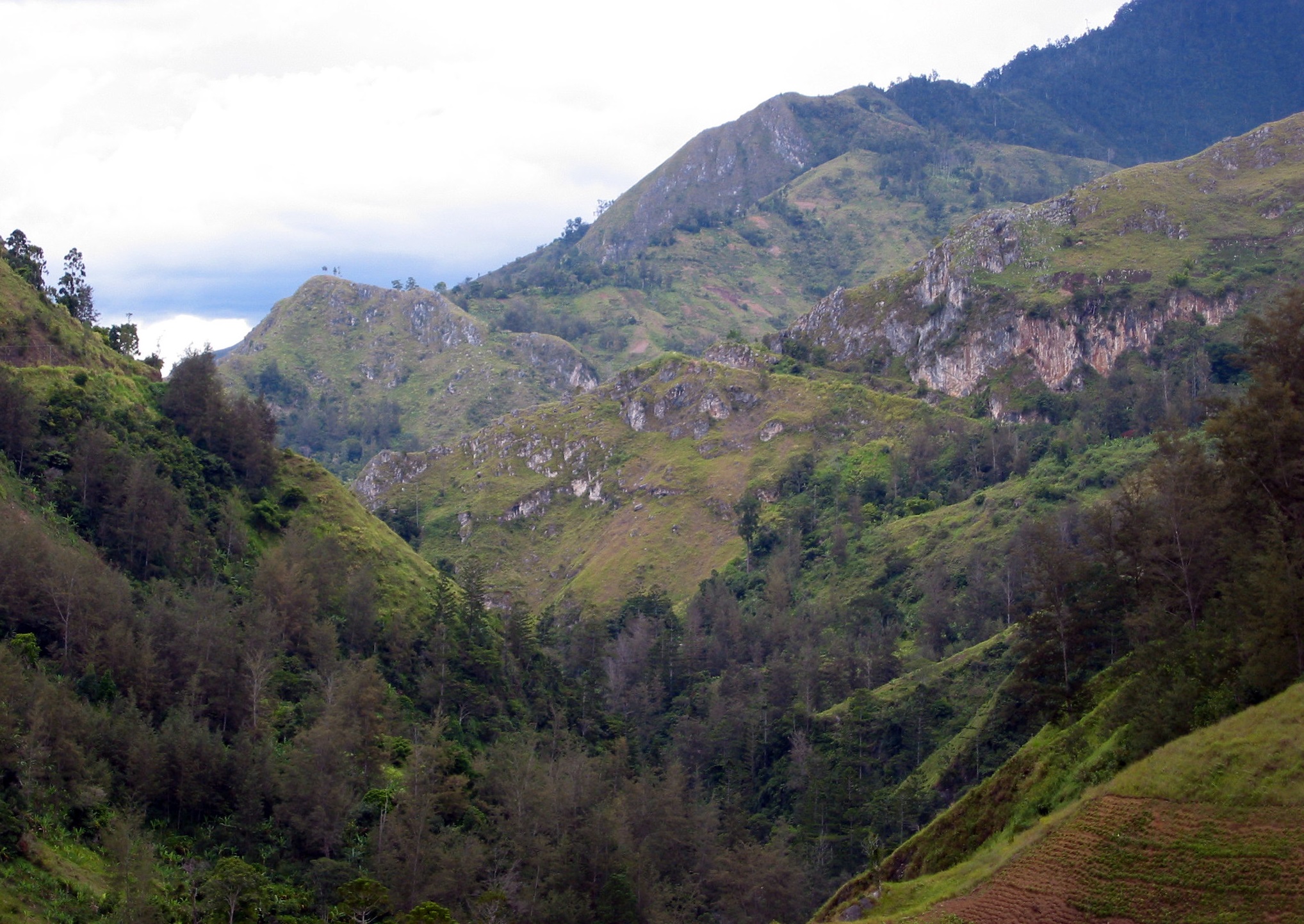 Kahunapule Michael Johnson, Flickr
Kahunapule Michael Johnson, Flickr
Their Name
While we outsiders refer to them as “Chimbu”, this is not usually what members of the tribe call themselves.
Unless they are speaking with outsiders or people from different tribes, the Chimbu refer to themselves according to their specific clans. What the names of these clans might be, we still don’t know.
Their Name (cont’d)
The name “Chimbu” was given to the tribe by the first Australian explorers they encountered, in the early 1930s. When they first met, the explorers heard the tribespeople exclaim the word “simbu”, which is a term of pleasant surprise in the Kuman language.
Their Language
The Chimbu speak Kuman, which is part of the Chimbu-Wahgi language group. This language originates from the Chimbu valley.
Their Origins
Based on the little archaeological evidence that has been found, the Chimbu could have settled in the highlands as early as 30,000 years ago. According to Chimbu oral traditions, the first Chimbu came from Womkama, in the Chimbu valley.
It’s said that a supernatural man found a couple living in the area and chased away the husband before going on to father the ancestors of today’s Chimbu clans.
Chimbu Clans
The Chimbu are a patrilineal society, and their clans are often divided into “brother” groups that share a common paternal ancestor. Clans have 600-800 members, who are then divided into familial/kinship groups of 50 to 250 people. These subclans form individual Chimbu settlements.
Their Religion
Historically, the Chimbu had no organized religion or priesthood. They often venerated ancestor spirits, who were thought to protect the tribe if they were appeased by the sacrifice of pigs.
Since encounters with missionaries, a small number of Chimbu have adopted Christian belief, but traditional supernatural beliefs are still commonplace.
Their Afterlife
The Chimbu believe that after death, a person’s spirit may still linger near their burial site. Unavenged deaths that were caused by war or sorcery are thought to contribute to angry spirits who try to harm the living.
The Skeleton Dance
The Chimbu are mostly known for their skeleton dance, which is also called a sing-sing. It’s said that the skeleton dance originated as a way for the Chimbu to intimidate enemy tribes.
While outsiders see it as captivating body paint, tribes in Papua New Guinea are very superstitious and the Chimbu’s skeleton dance had the desired effect on enemies.
The Skeleton Dance (cont’d)
According to the legends, when the Chimbu’s enemies saw them painted like skeletons, they feared that the Chimbu were not human. They also thought the Chimbu possessed some rare supernatural power.
Another Story
In another legend about the skeleton dance, the Chimbu’s ancestors were afraid to venture into the woods because they believed they would be killed by a ghost. The ghost is said to have lived in the mountain, and he would come down to feast upon the Chimbu as they hunted and farmed.
To scare away the ghost, they painted themselves to look like the skeletons of his victims come back to life.
Chimbu Headdresses
As well as their skeleton dance, the Chimbu have become known for their large, colorful headdresses which are made from bird feathers. They also use kina (sea urchin) shells for jewelry and paint their bodies with mud and clay that’s mixed with colorful plant oils.
Chimbu Settlements
Because of the way the Chimbu arranged houses for men and women, their communities didn’t look like typical villages, but rather were dispersed settlements.
This housing pattern is still common, but with less tribal fighting and modern economic developments, many Chimbu men now live with their families.
Their Homes
Chimbu houses are oval or rectangular, with low thatched roofs, dirt floors, and walls that are woven together with flattened reeds. Traditionally, men and women lived apart, but recent years have seen many Chimbu living as one family under one roof.
The Men’s Homes
Traditionally, Chimbu men have lived in communal houses that are set upon ridges. This is a defensive move that helps them keep watch over the community and spot enemies from far away.
Women’s Homes
Chimbu women lived with the children in the family’s home. Their houses were situated near their pigs and gardens, which they tended to.
What Do They Eat?
Sweet potato is the Chimbu’s staple food, and it believed to have been introduced to the area about 300 years ago. The potato is highly valued because it grows easily at high altitudes, which has supported a thriving Chimbu population in the highlands.
What Do They Eat? (cont’d)
Sweet potatoes are the main ingredient in every Chimbu dish and make up about 75% of their diet. In their gardens, they grow more than 130 different kinds of sweet potatoes. Other popular crops include beans, bananas, sugarcane, and pandanus fruit.
They Love Pigs
Pigs are very valuable in Chimbu society and are often used as commodities in ceremonies or as a way of showing immense gratitude. While pigs are exchanged during marriages and death rituals, Bugla Ingu is the largest ceremony in their honor—but it’s no day of celebration for the pigs involved in the special occasion.
Bugla Ingu
Bugla Ingu is also known as the pig-killing ceremony. While hundreds of pigs are killed and cooked during the ceremony, it has great meaning to the Chimbu people.
During the ceremony, people give and receive meat, with the receivers entering into a symbolic debt that must be repaid in the future. This exchange is one way that the Chimbu create and maintain relationships with people in other tribes.
The Bride Price
Paying a bride price is an important part of Chimbu marriage ceremonies. Before the wedding, the groom will negotiate how many goods the bride’s father should receive for the loss of his daughter.
The price usually reflects the perceived value of the bride, and is traditionally paid in pigs and kina shells. Nowadays, money is also accepted.
Chimbu Marriage
Marriage is a communal affair for the Chimbu. Before the wedding, the groom is given a plot of land where he can build a house and a garden. When he is ready to marry the bride, people in the community help the groom pay the bride price by giving him pigs and kina shells.
Family Sing-Sing
Before the wedding, both families prepare a sing-sing to perform for each other. The song and dance is meant to describe the other family, while the whole ceremony fosters a sense of unity between everyone.
The More The Merrier
Traditionally, the Chimbu practice polygyny, which means that men can have more than one wife. This has economic roots, since women perform most of the labor in gardens.
Therefore, having more wives equates to bigger harvests. However, the influence of Christian missionaries has made monogamy more common in Chimbu communities.
Chimbu Divorce
Up until the birth of a child, it’s easy for Chimbu couples to divorce. Children represent stability in a marriage, so once a couple has a child, the prospect of divorce becomes rarer, but not impossible or unheard of.
Childrearing
When it comes to having children, the Chimbu often have large gaps between their kids. In many local Chimbu clans, it is customary to wait until a child reaches adolescence before the parents have another baby.
Chimbu Gender Roles
The Chimbu still adhere to traditional gender roles. Men are expected to hunt and perform physical tasks like building houses and fences for gardens. Women are responsible for all of the household chores and tending to the pigs and gardens.
A Harsh Initiation
While the practice has now died out, Chimbu boys used to take part in a harrowing initiation ceremony. It was held every seven to 10 years and before being accepted as a man, the boys would have to live in seclusion.
There, they learned about men’s responsibilities to the tribe and enduring painful bloodletting rituals that would prepare them for the pain of manhood.
Their Economy
While pigs are still a valuable commodity for the Chimbu, money has also become a common exchange item during ceremonies. Nowadays, most Chimbu earn money by growing coffee and from selling their harvests at local markets.
Final Thoughts
While the encroachment of the modern world has changed much for the Chimbu, they still hold fast to many of their ancient traditions. Luckily, their skeleton dance is one of those traditions. In addition to its deep meaning to the Chimbu, the dance has captured the attention of tourists and in turn raised awareness about protecting this unique tribe.


